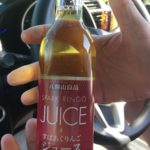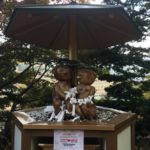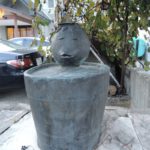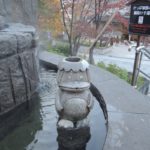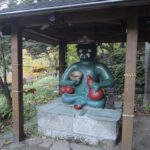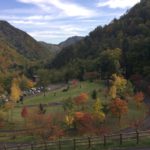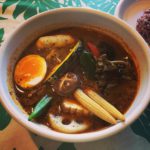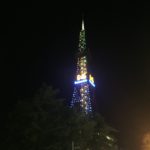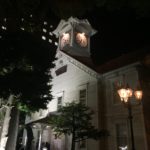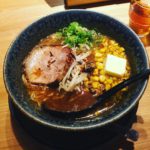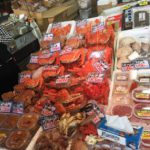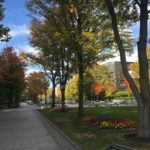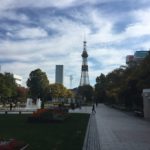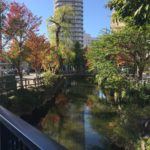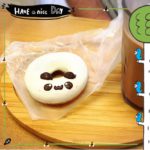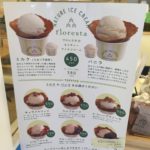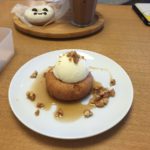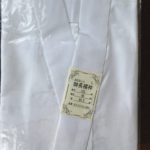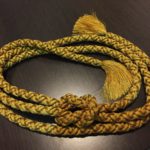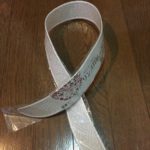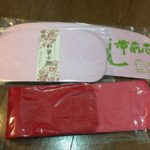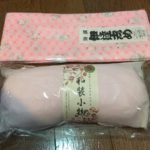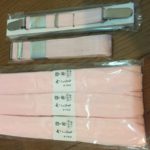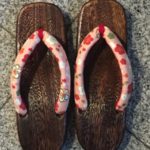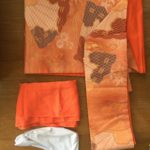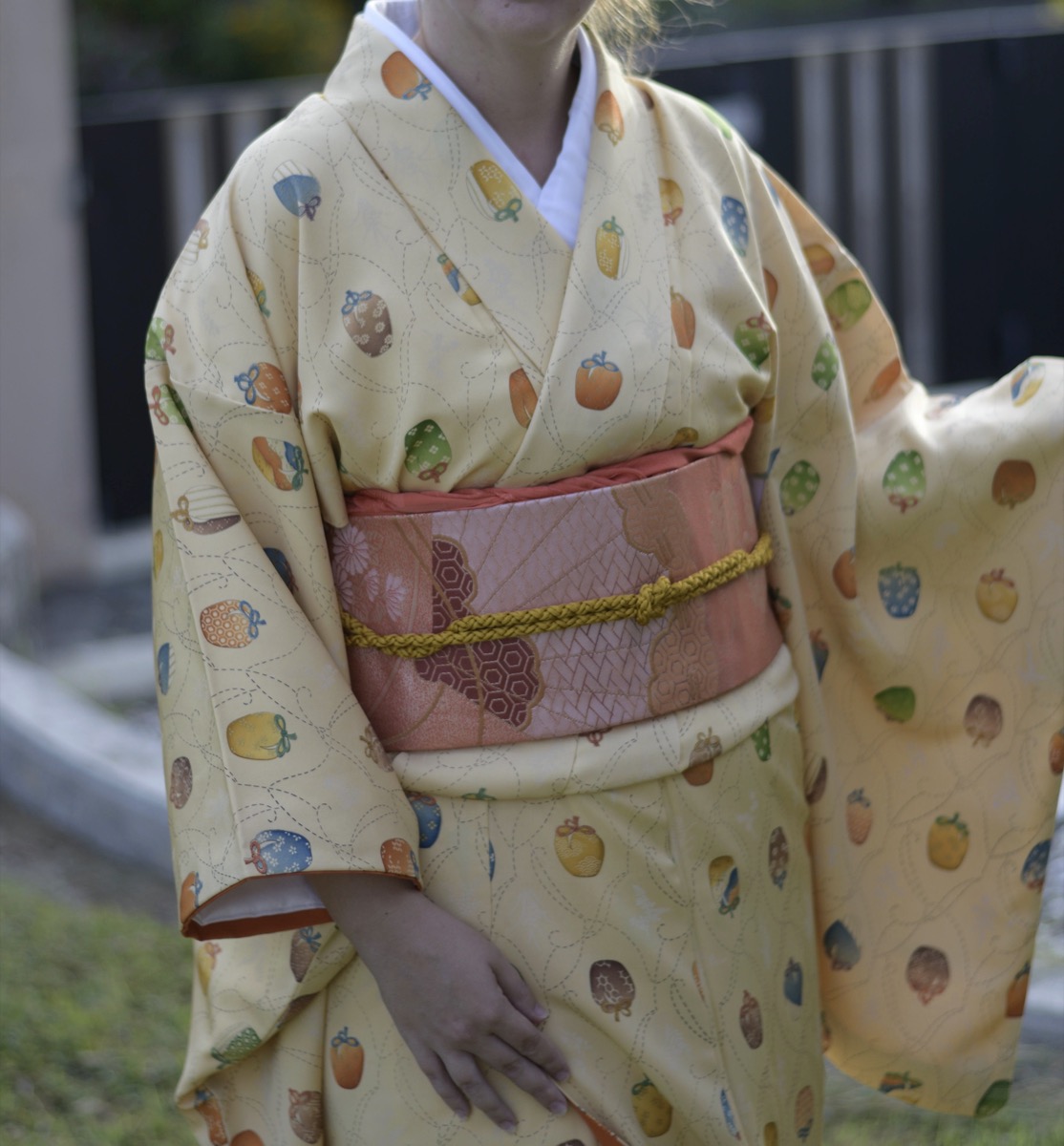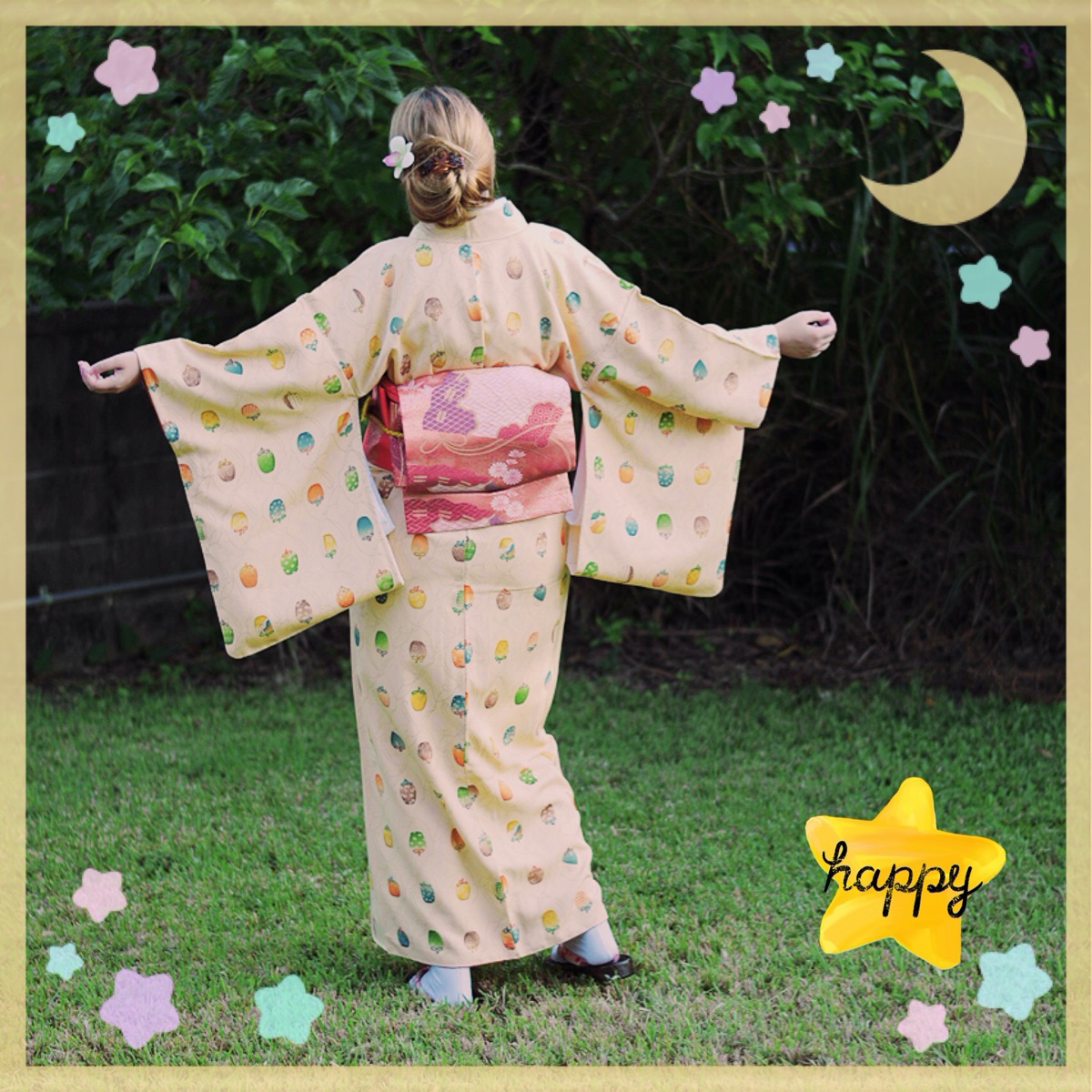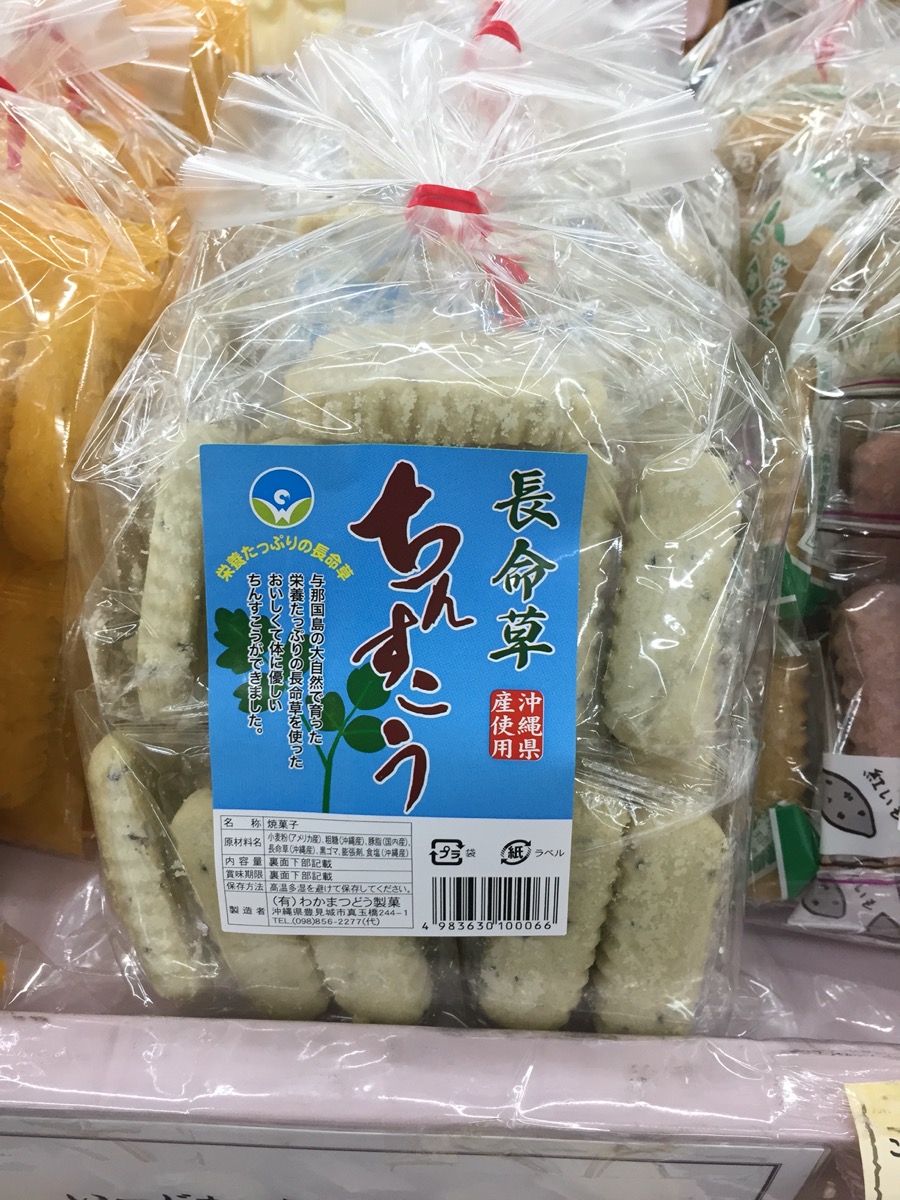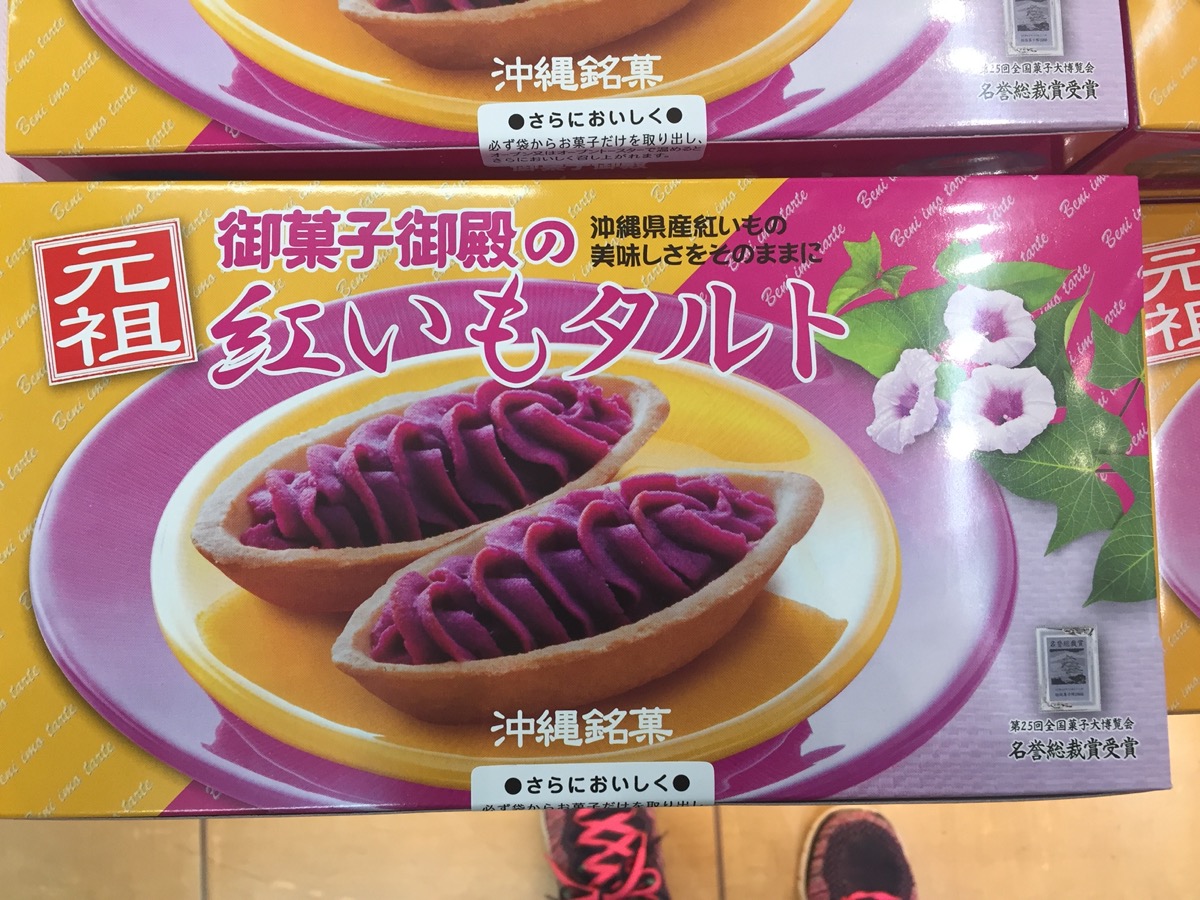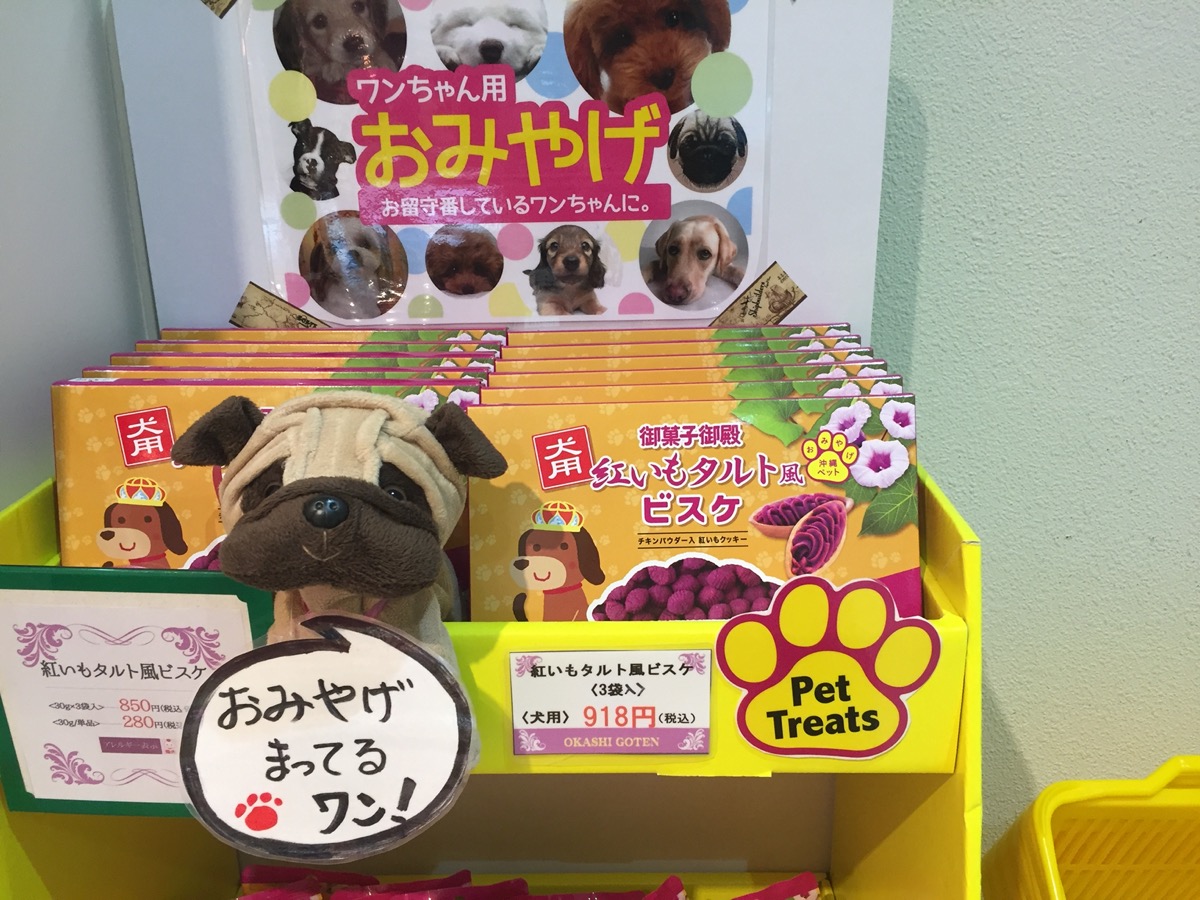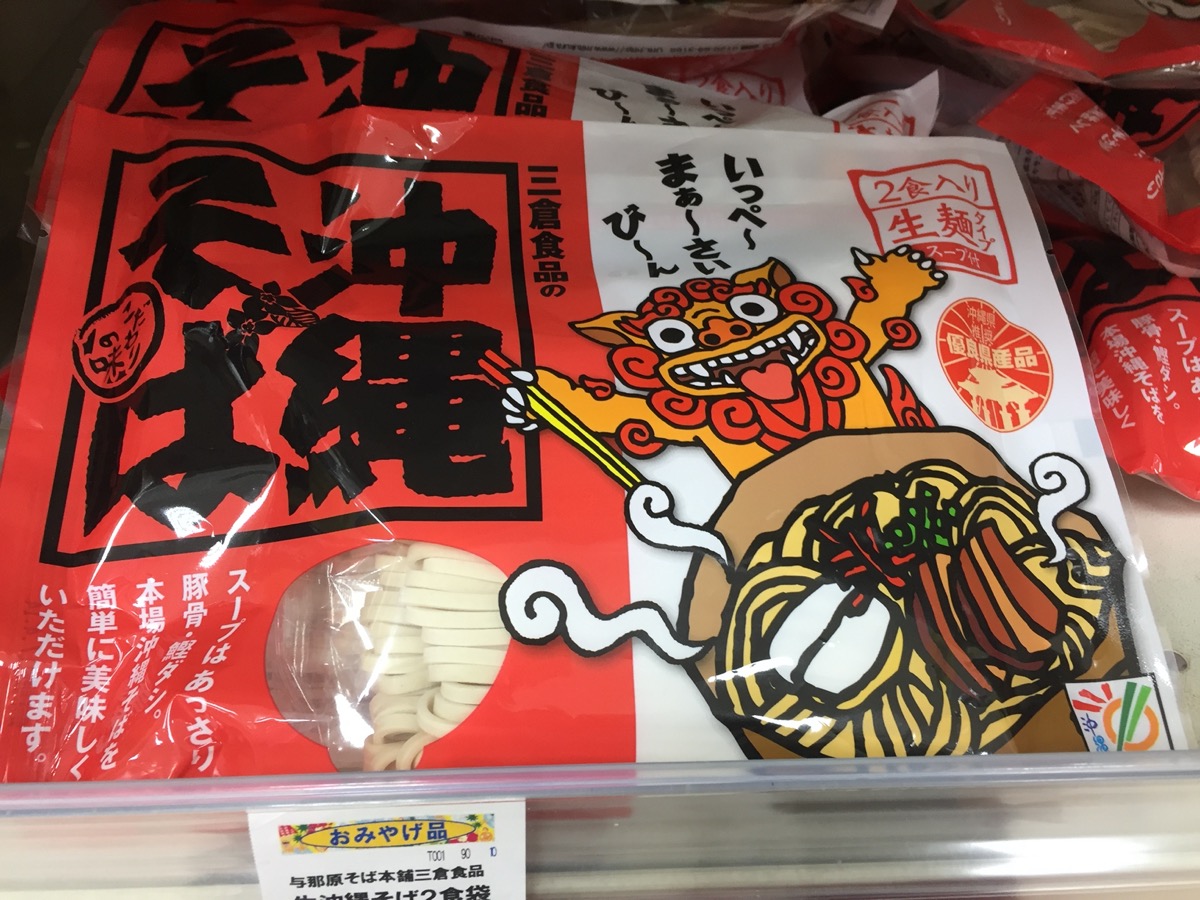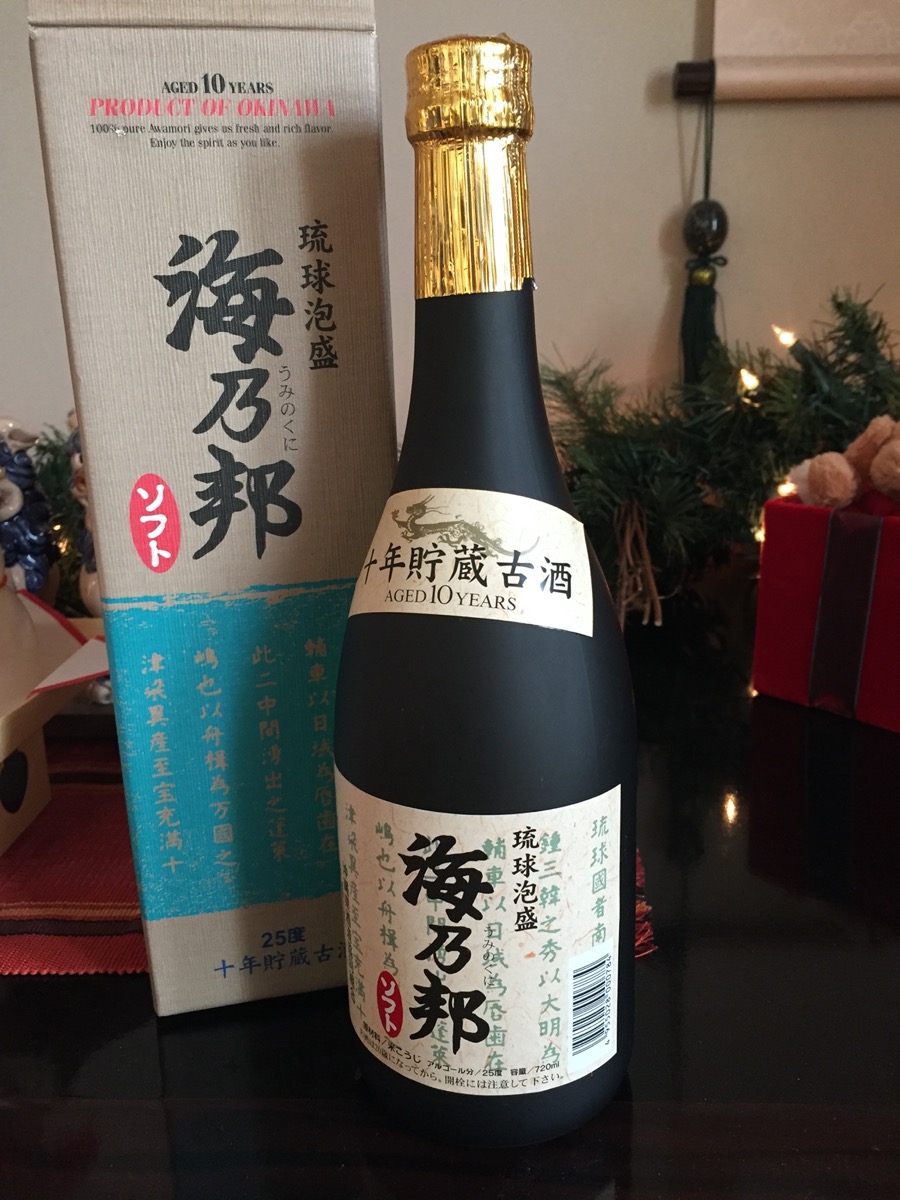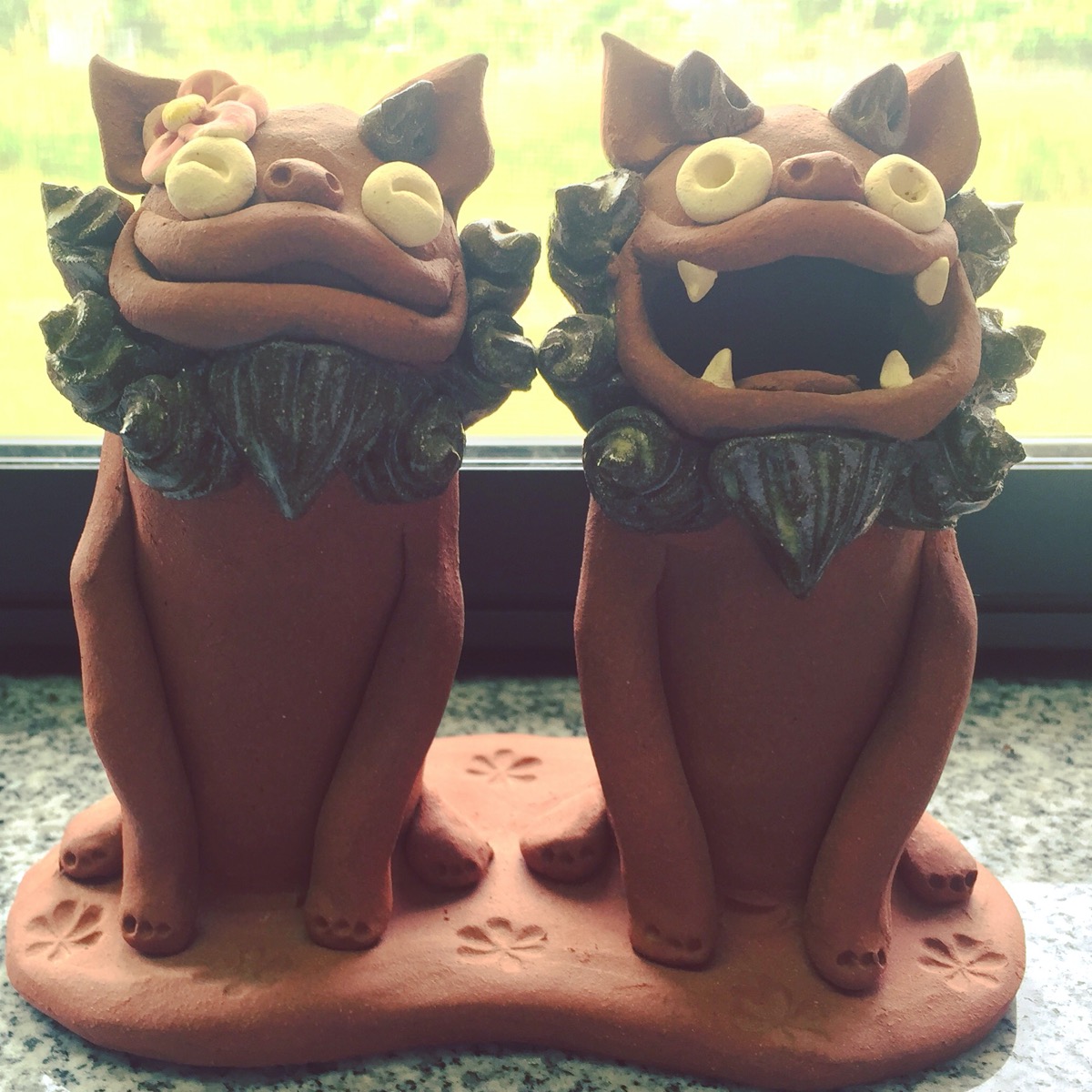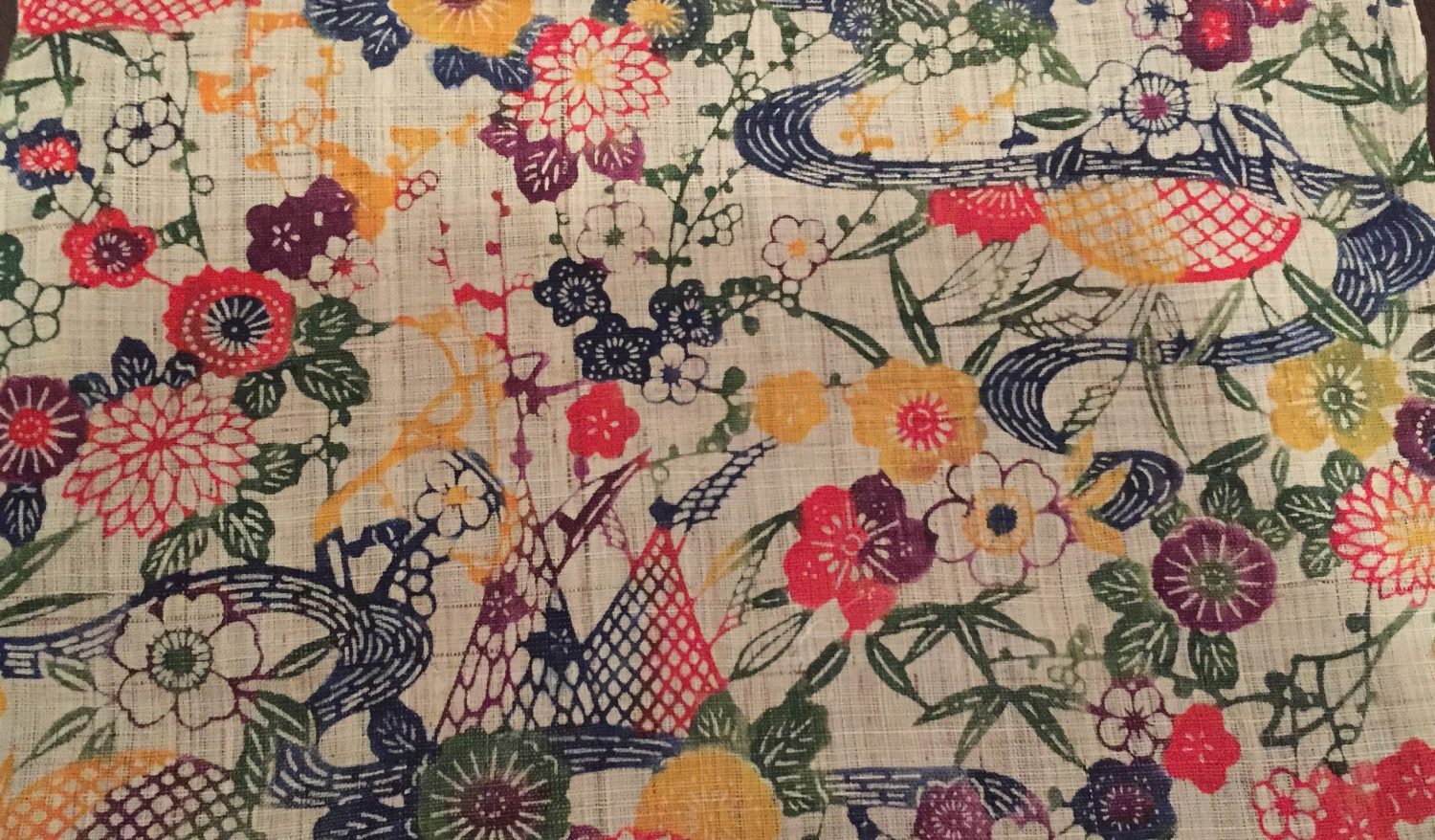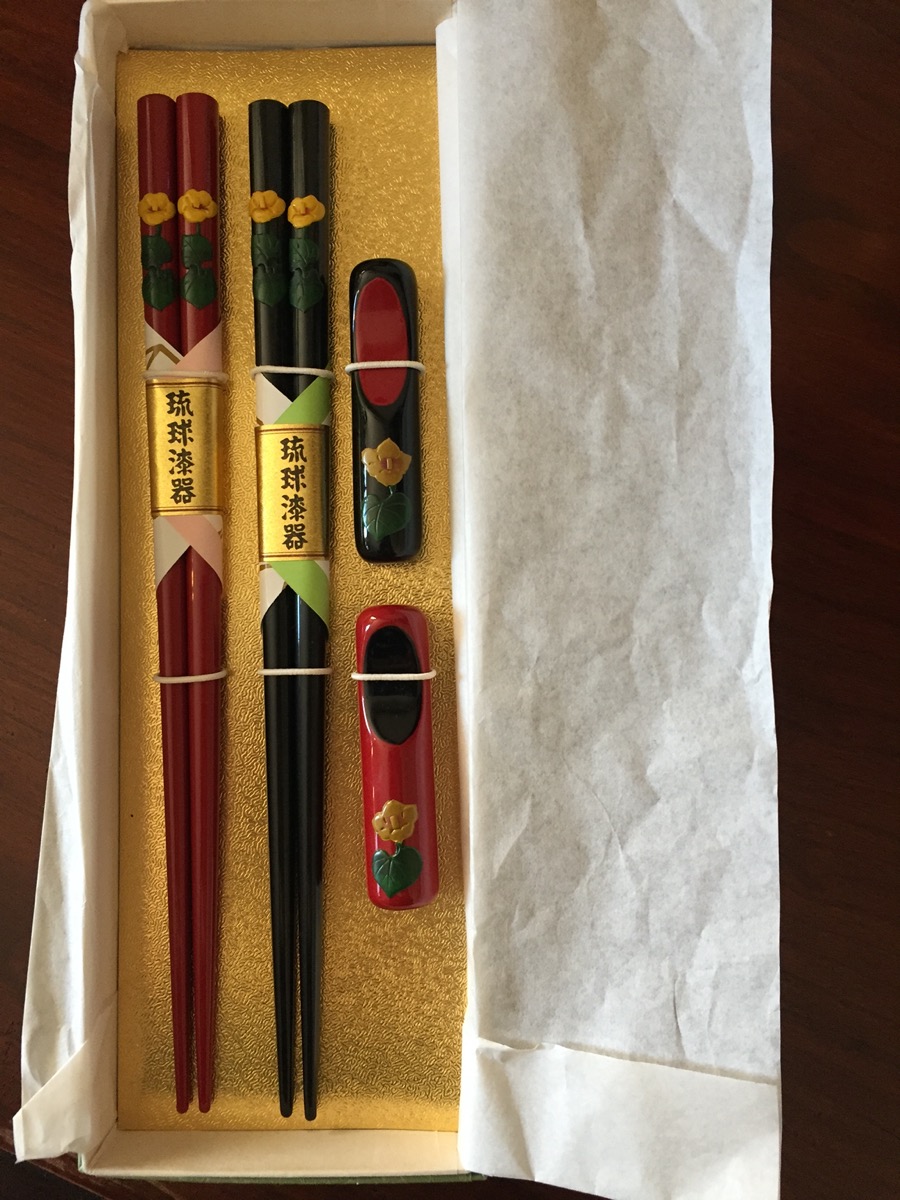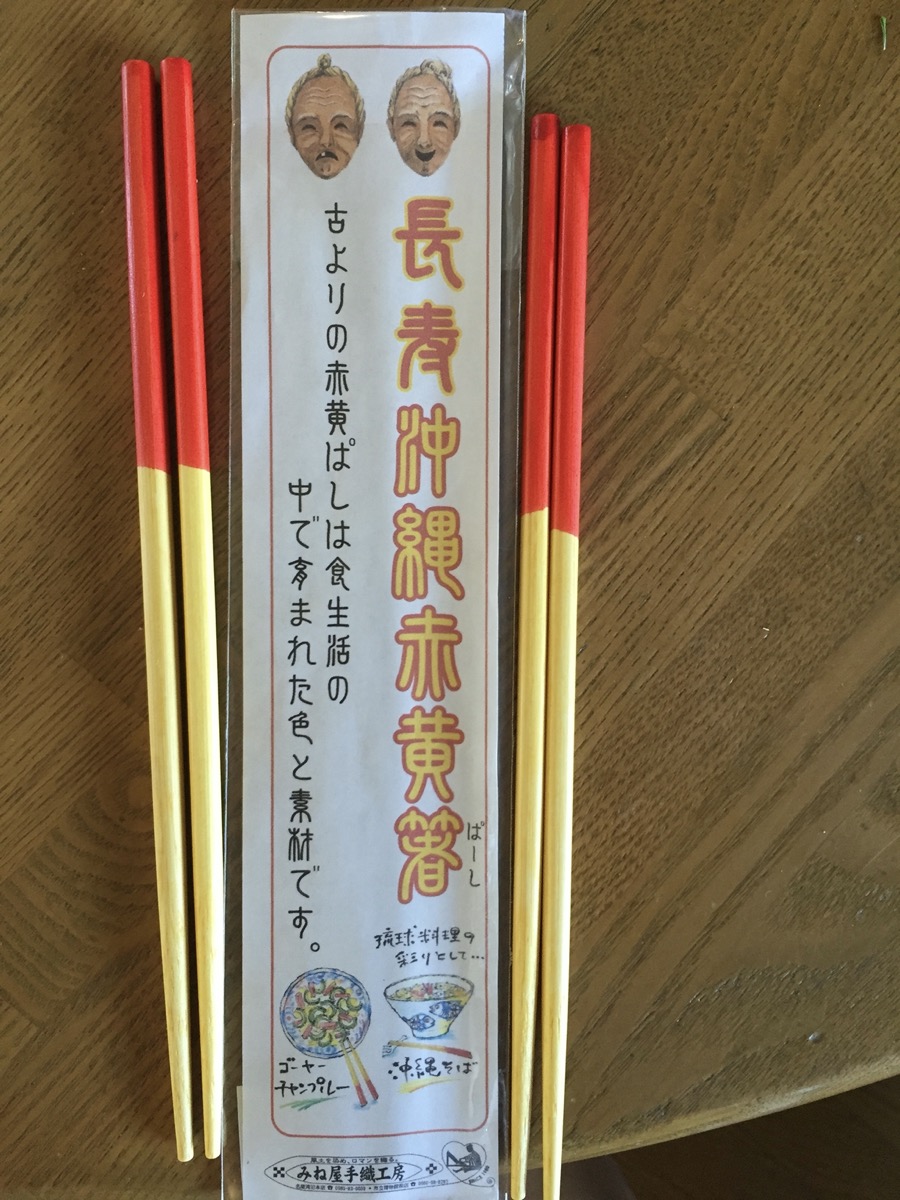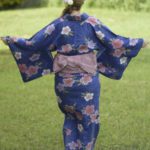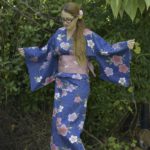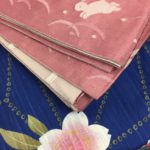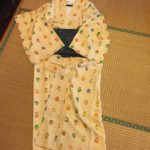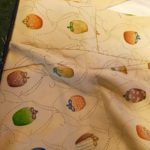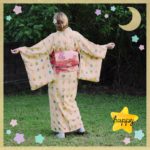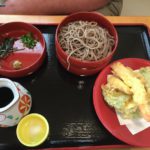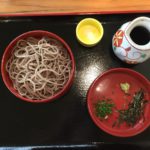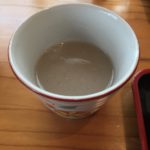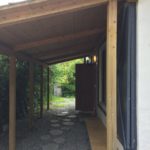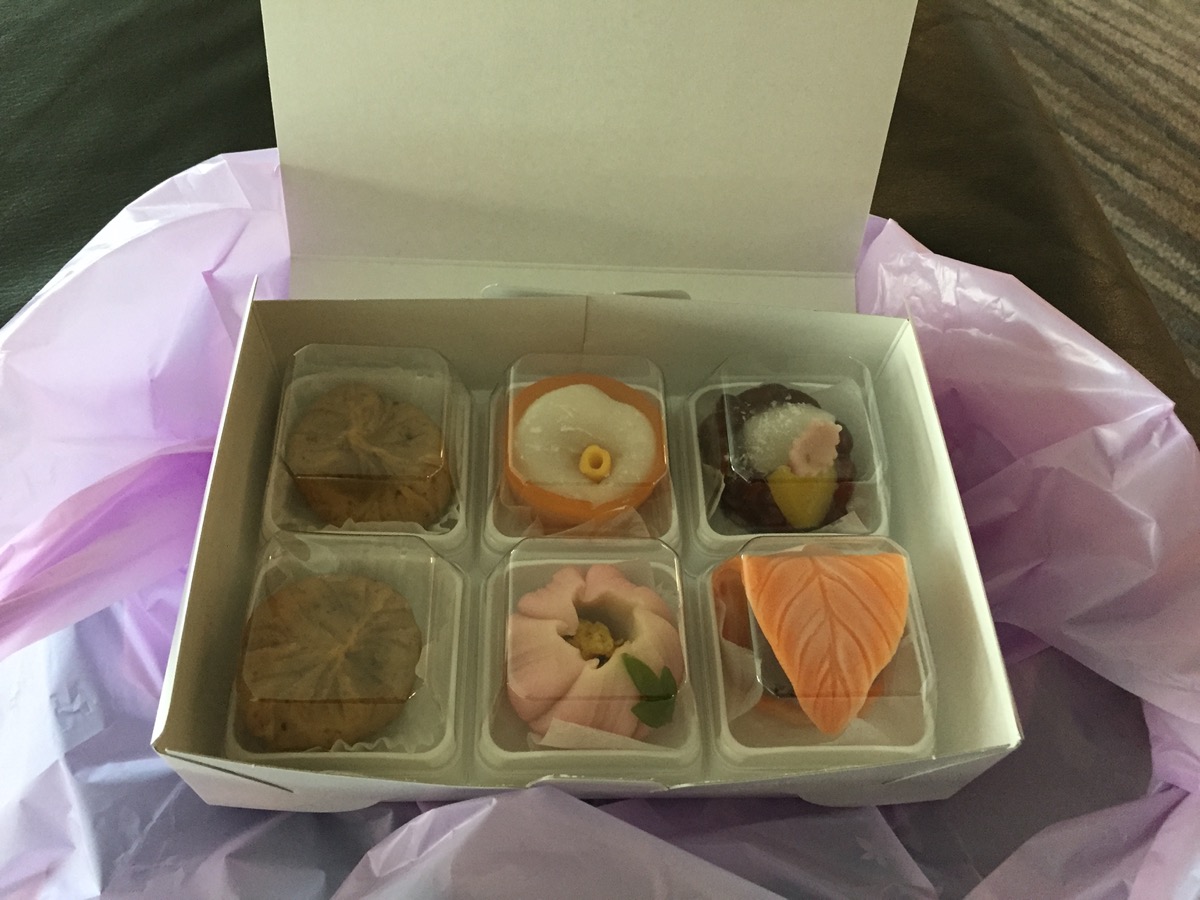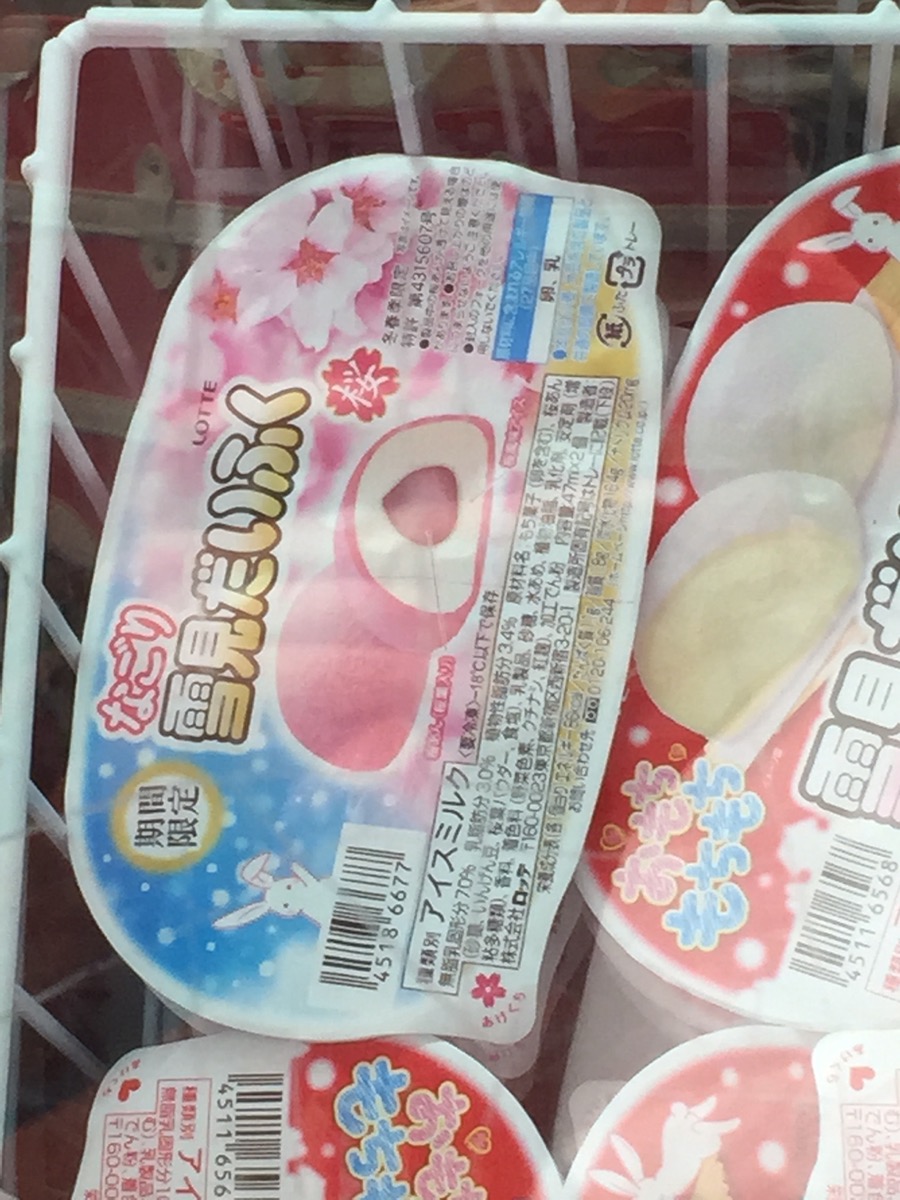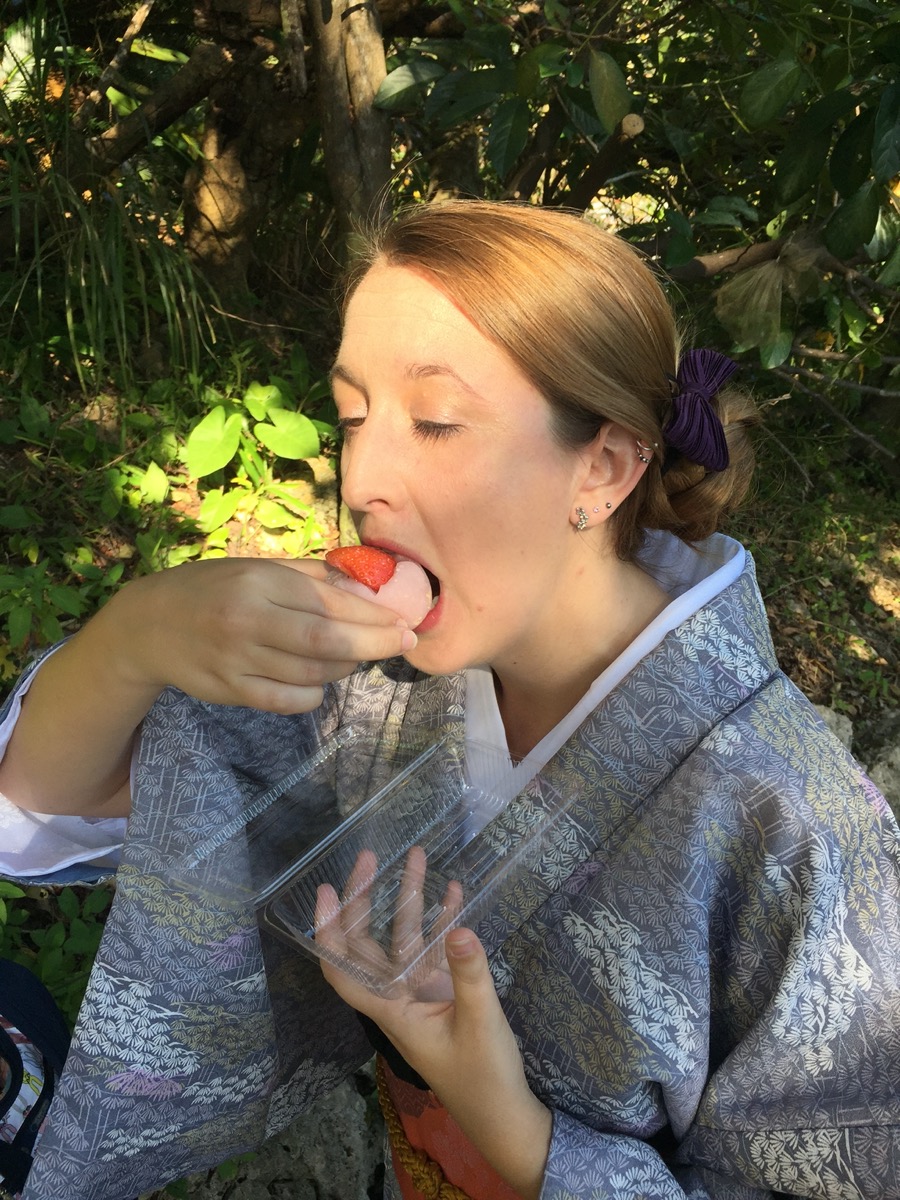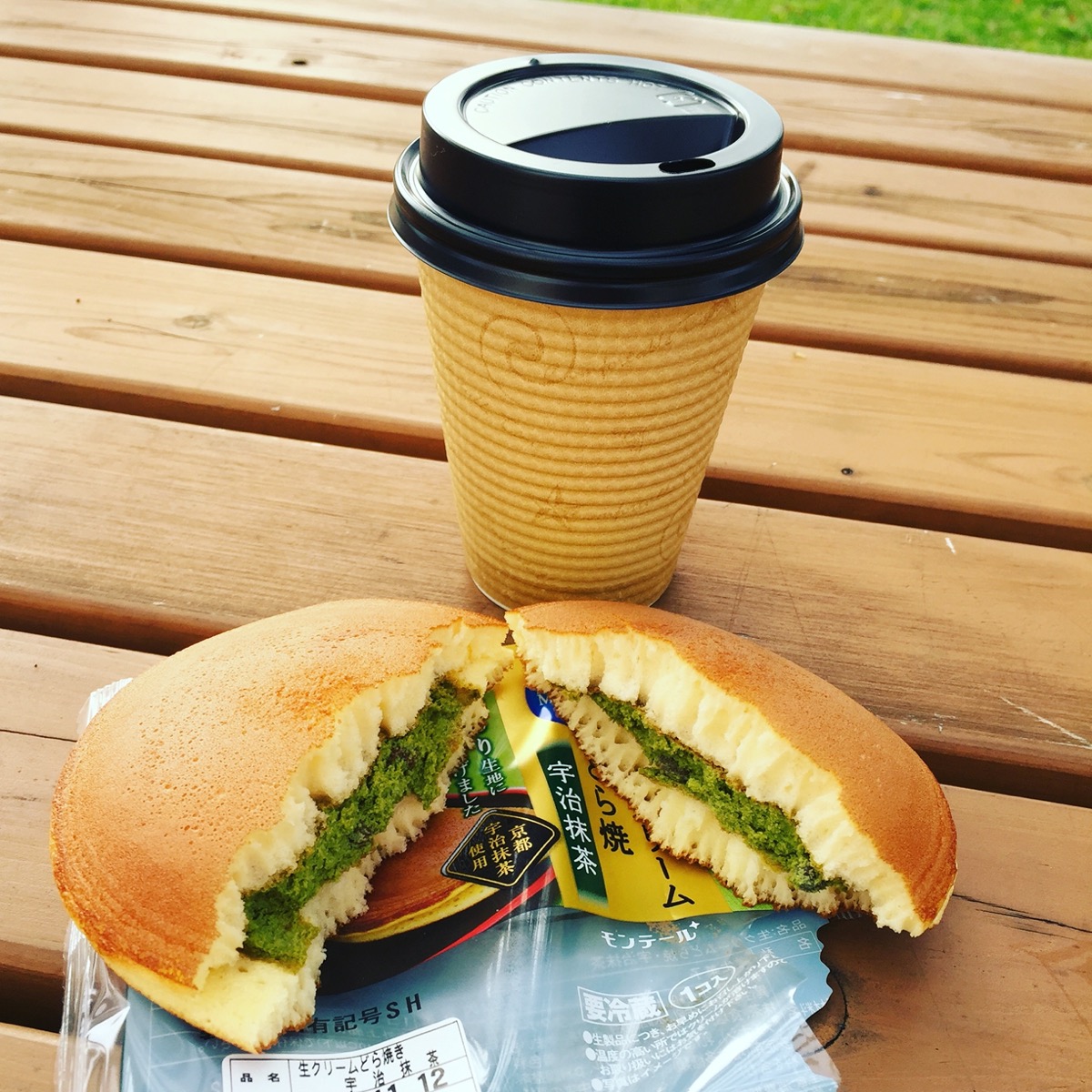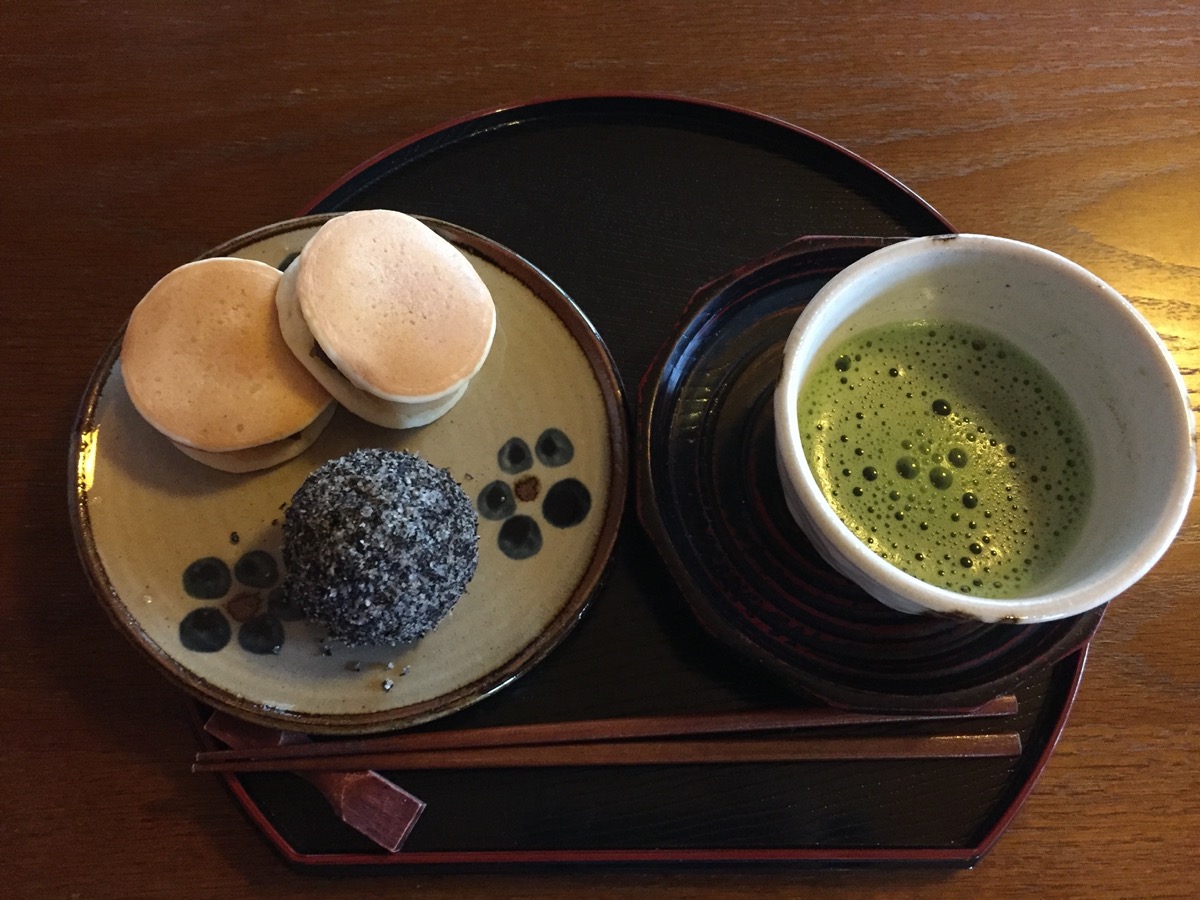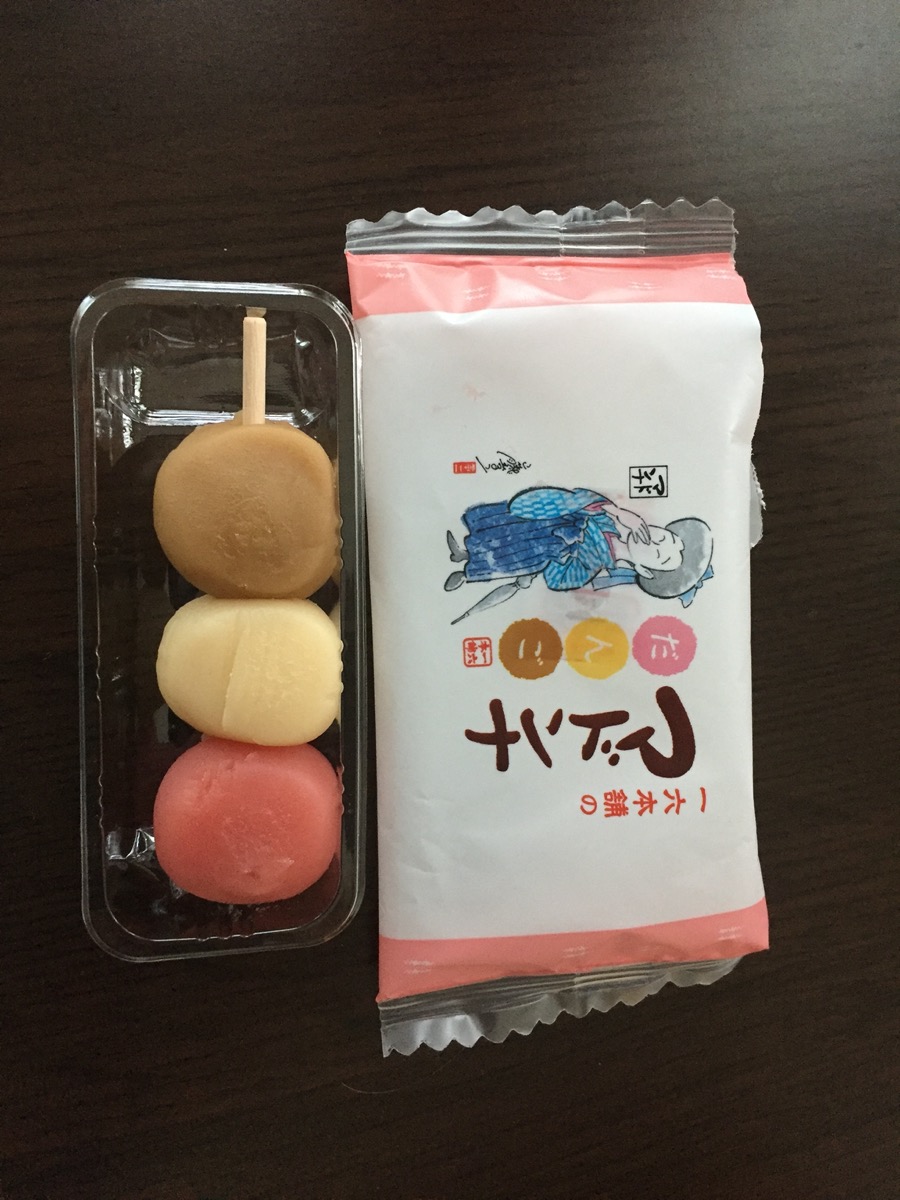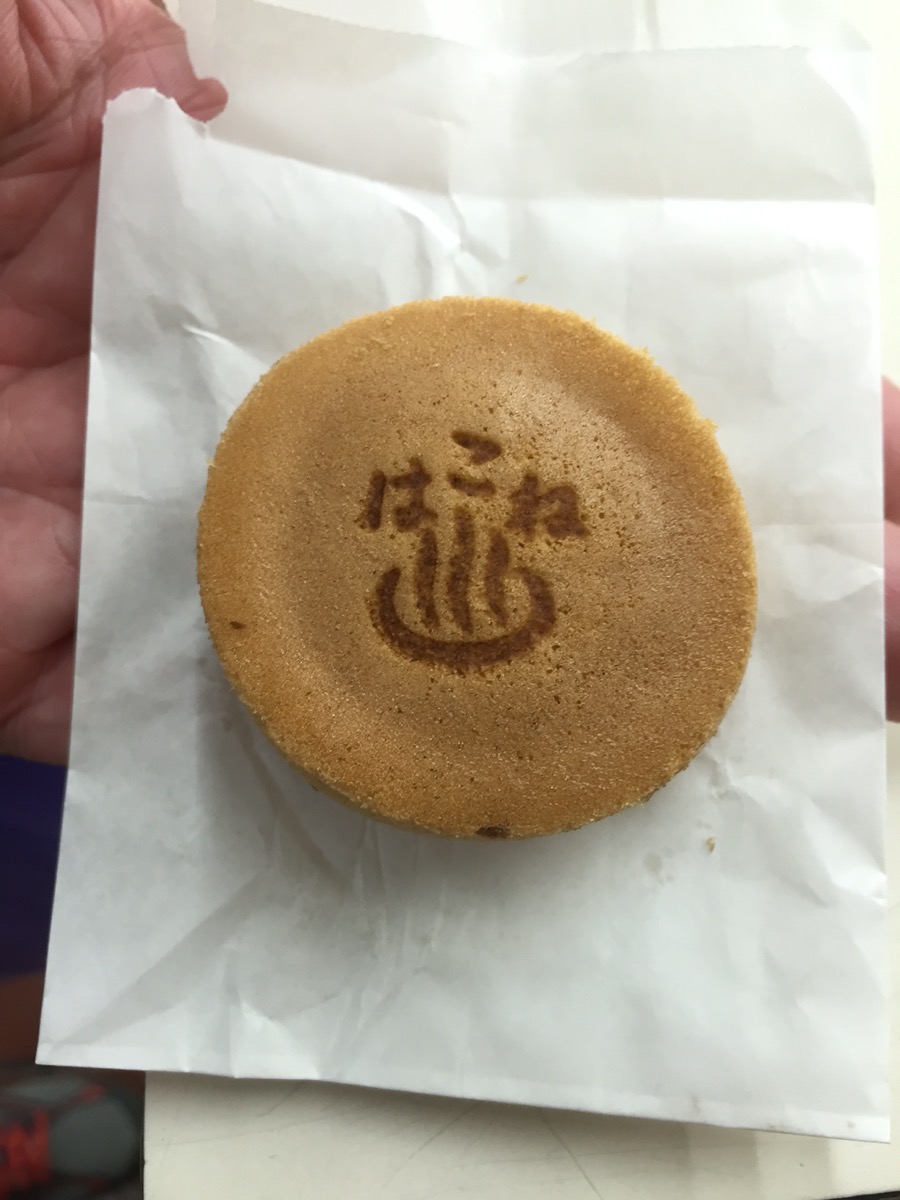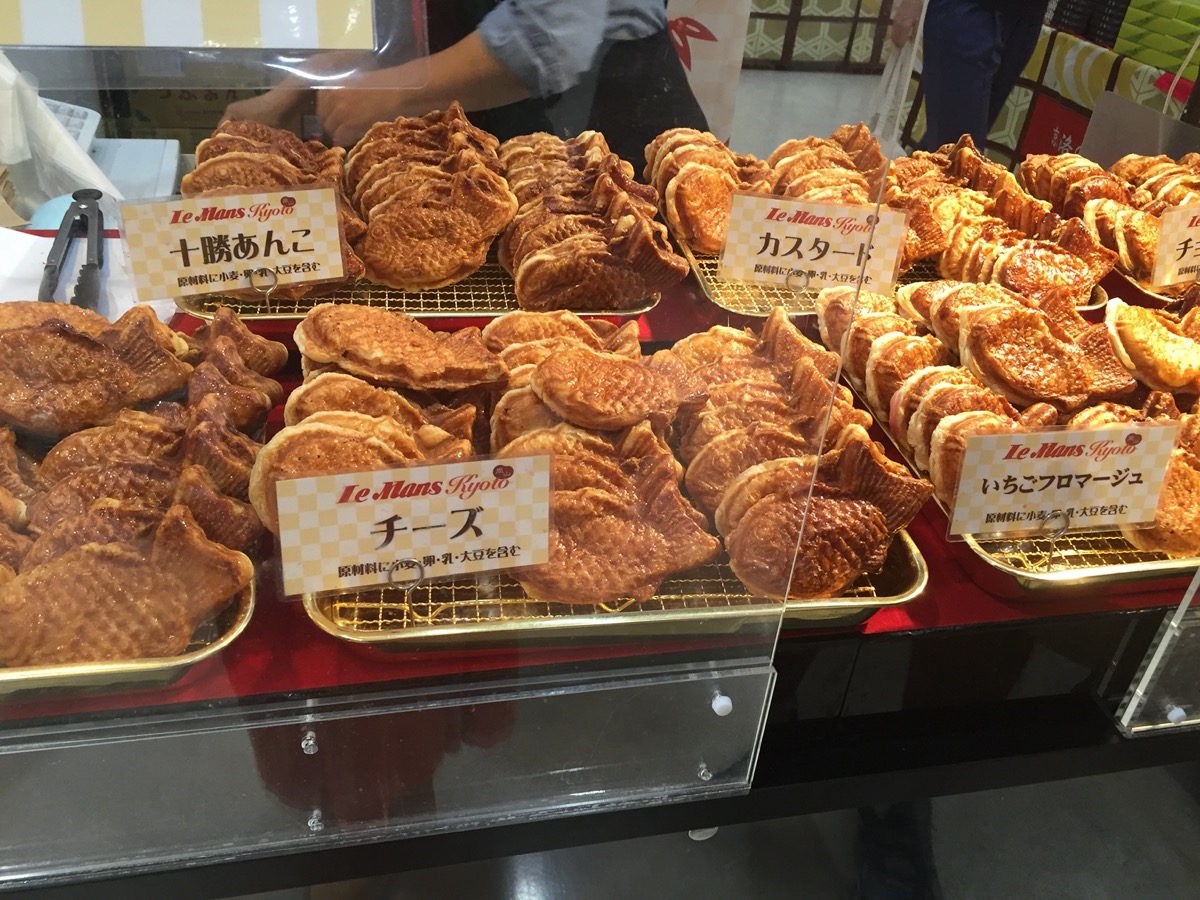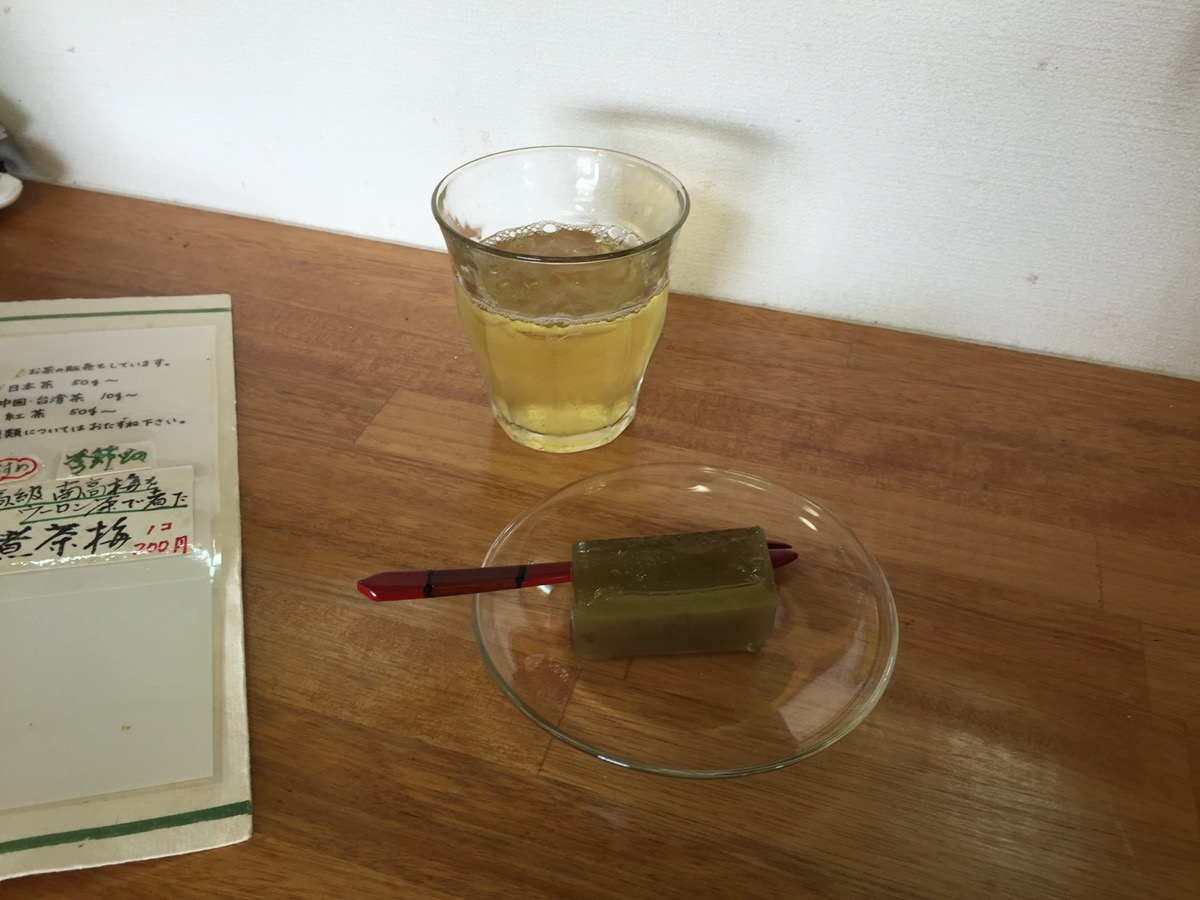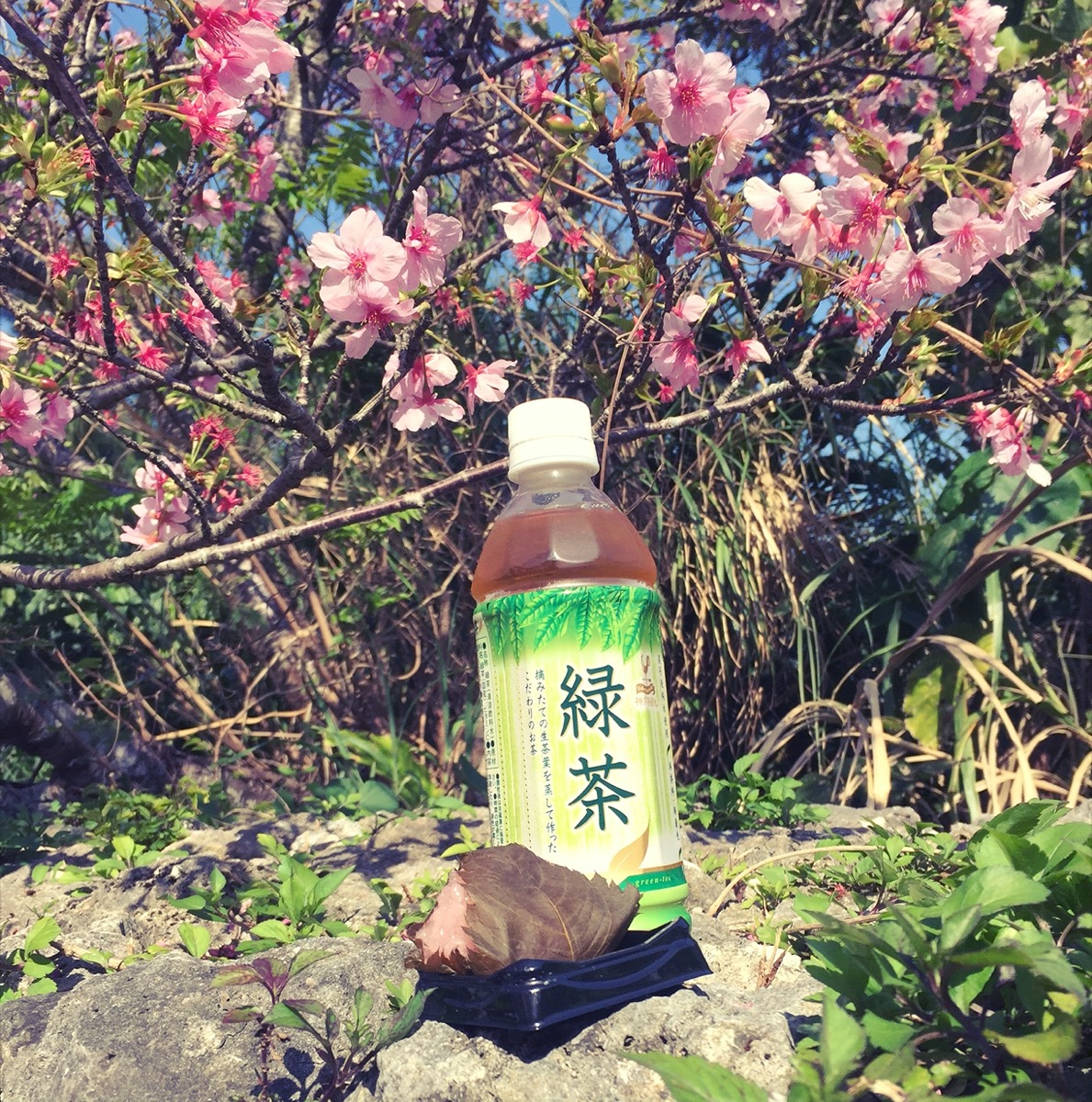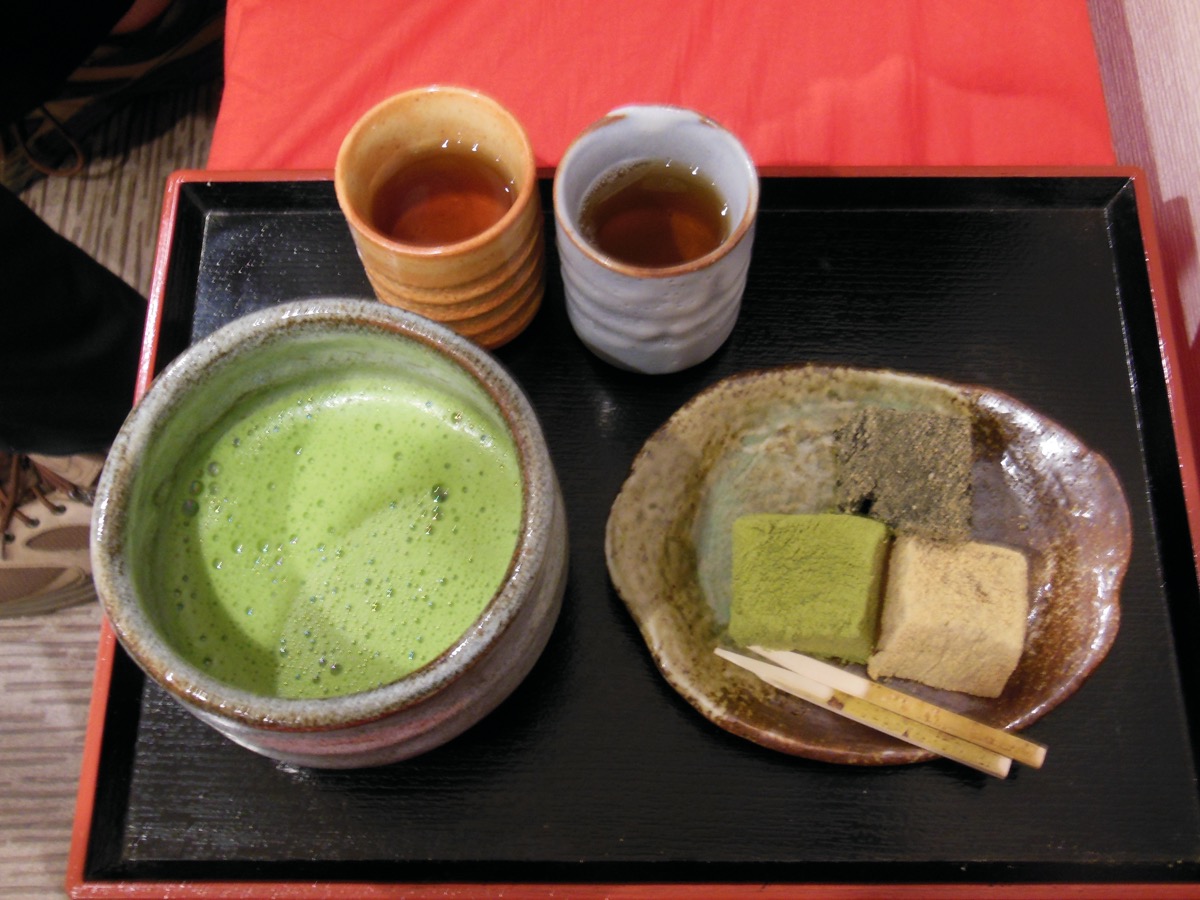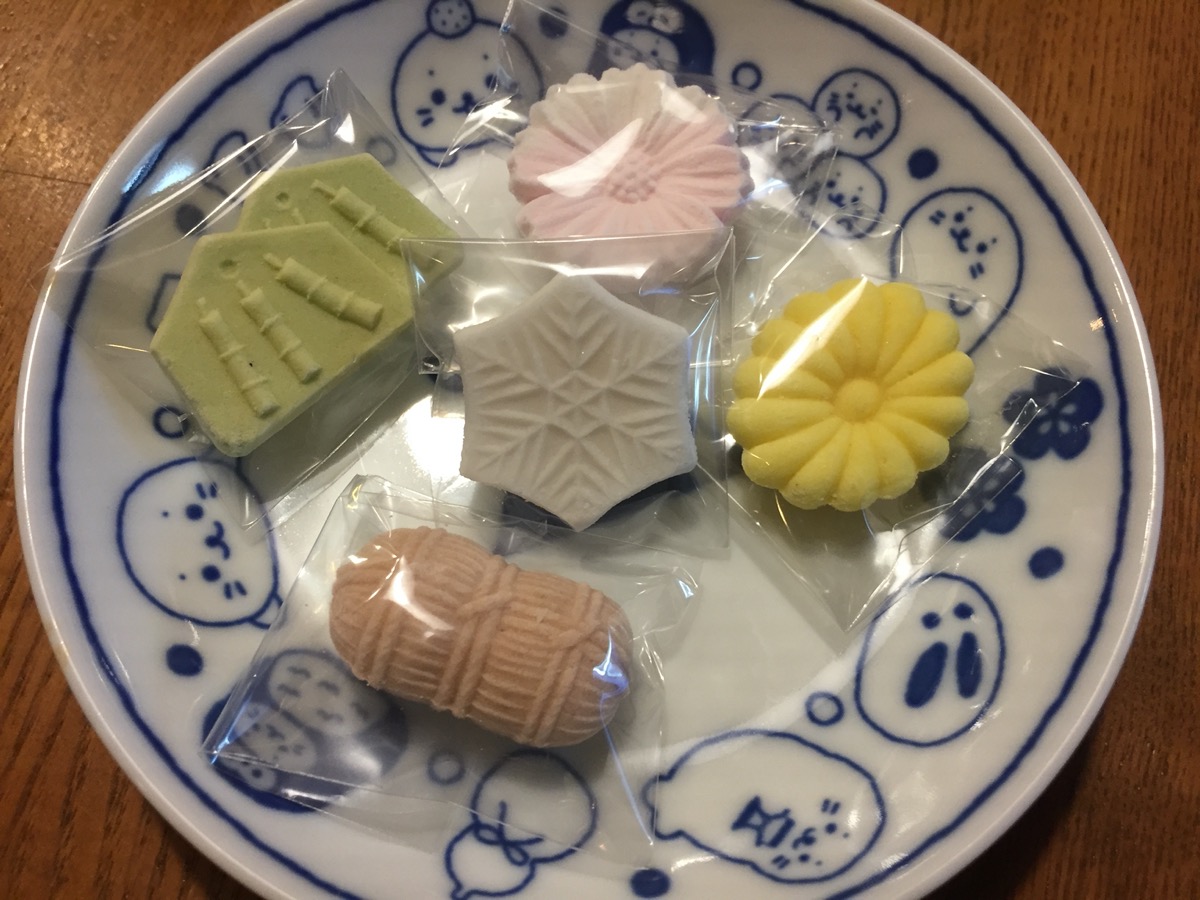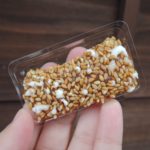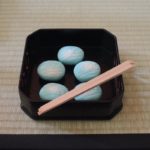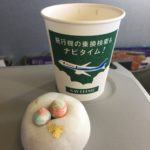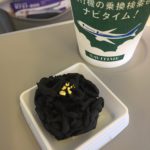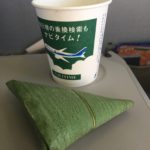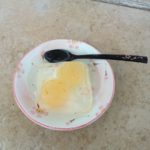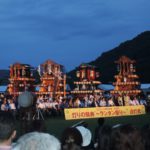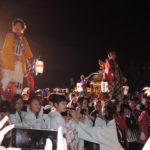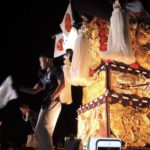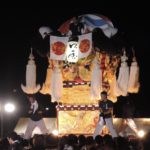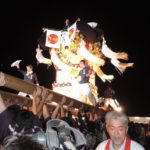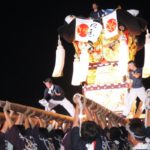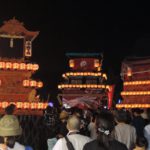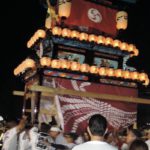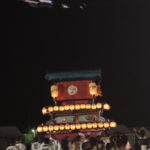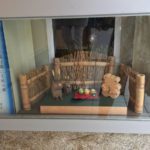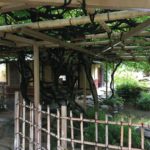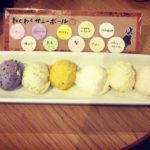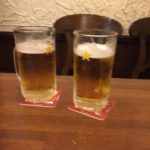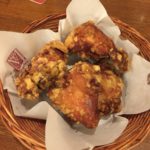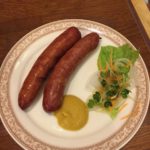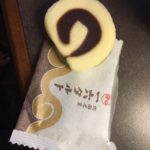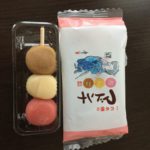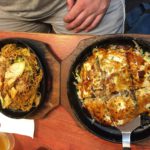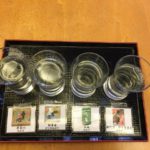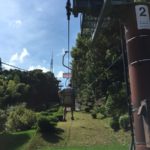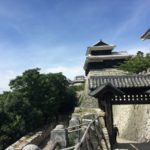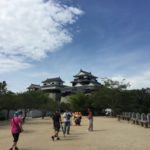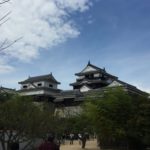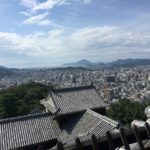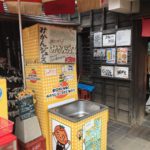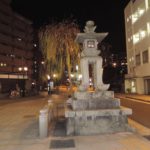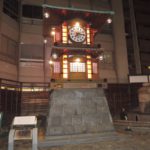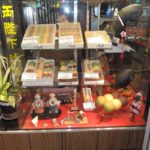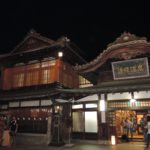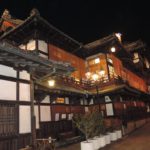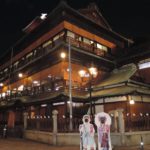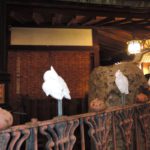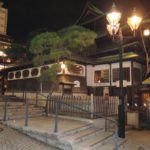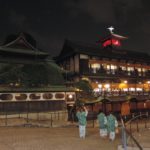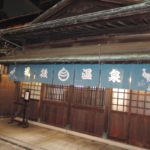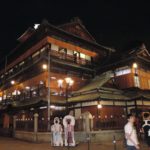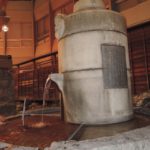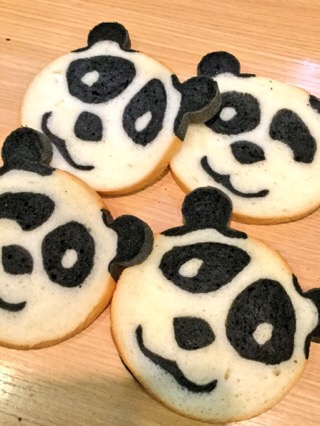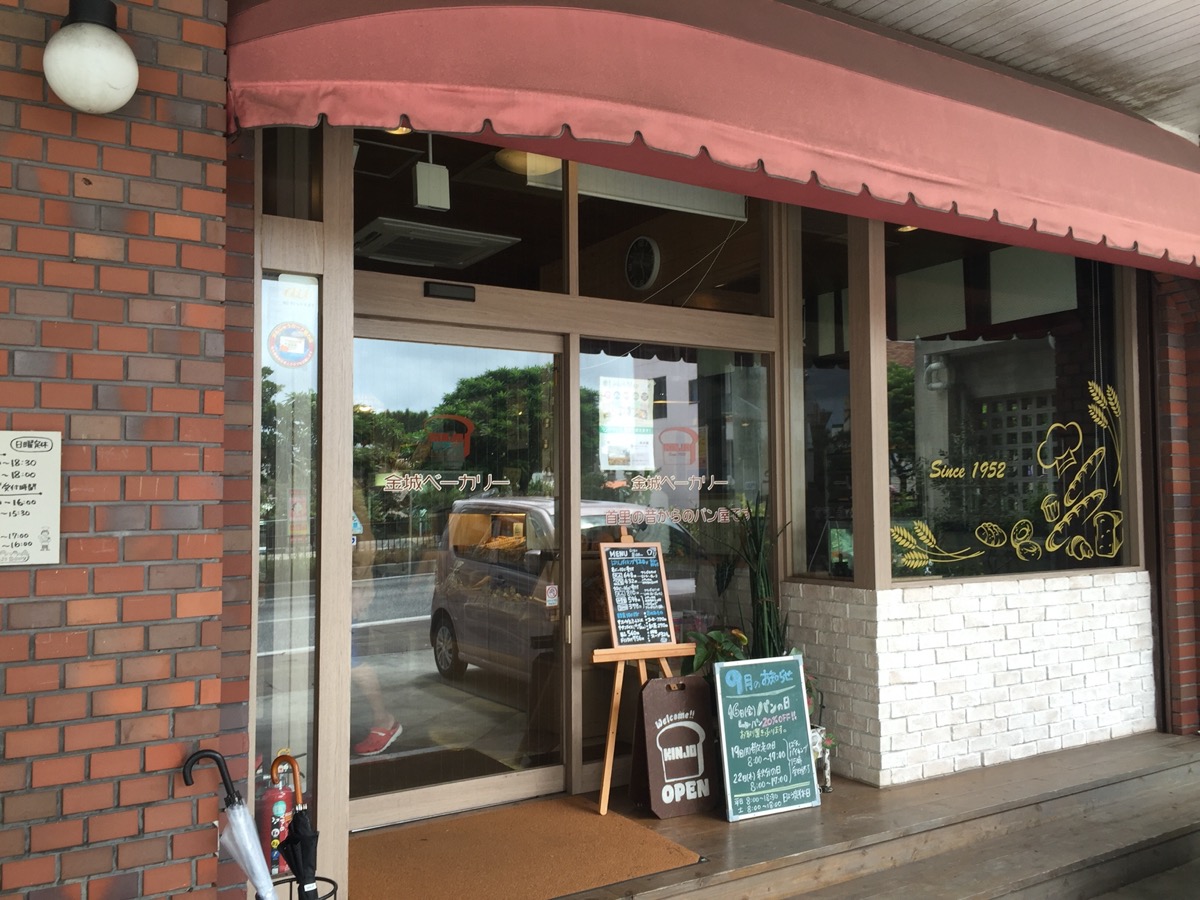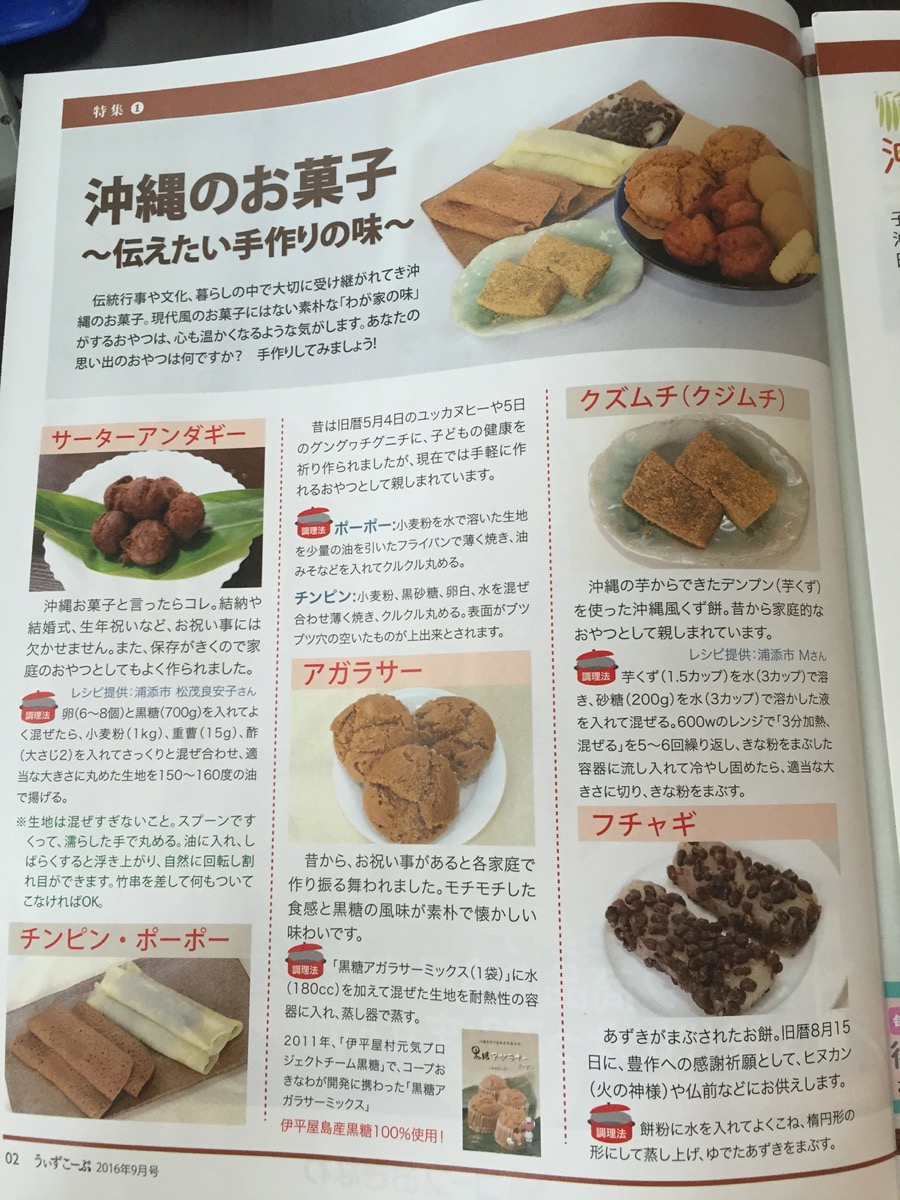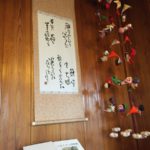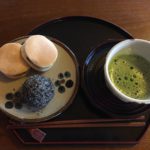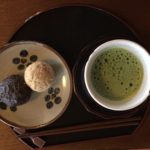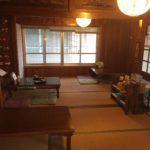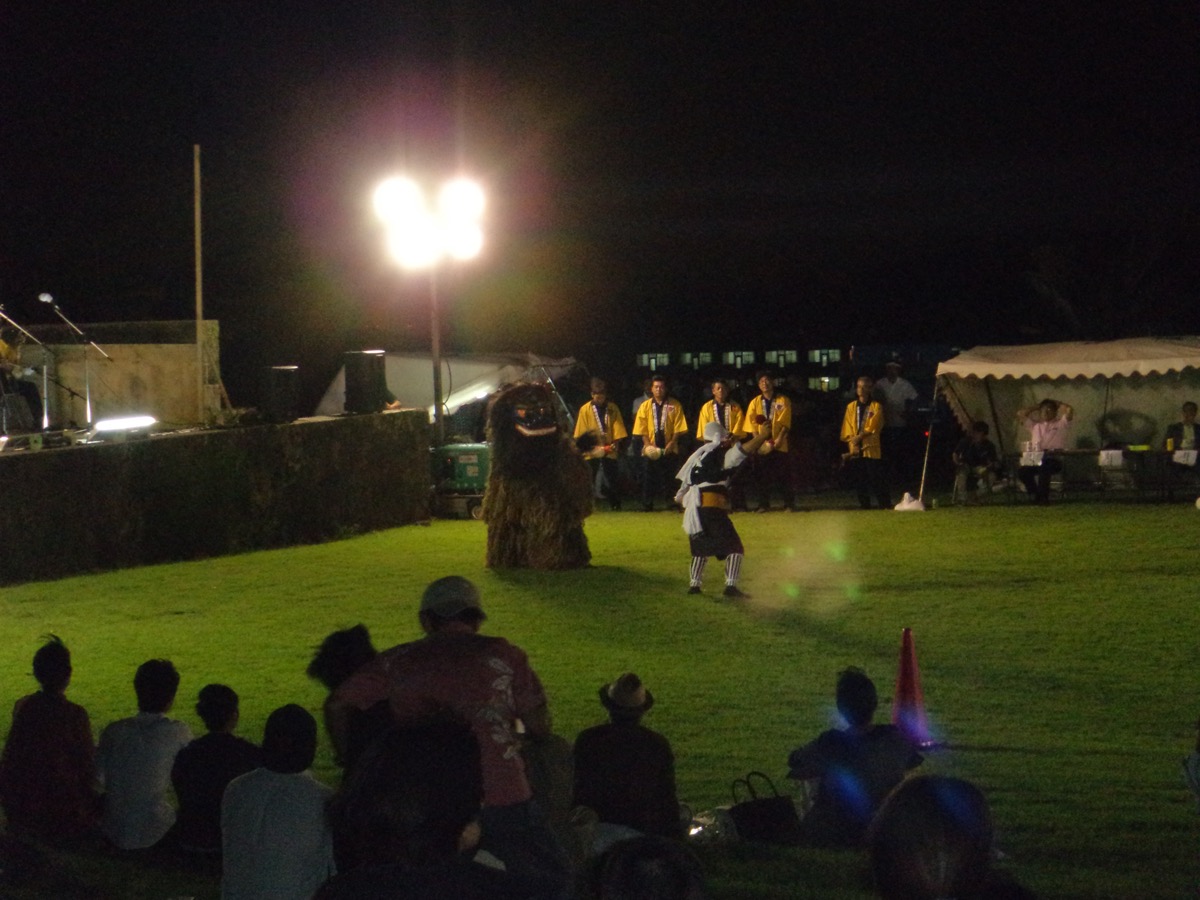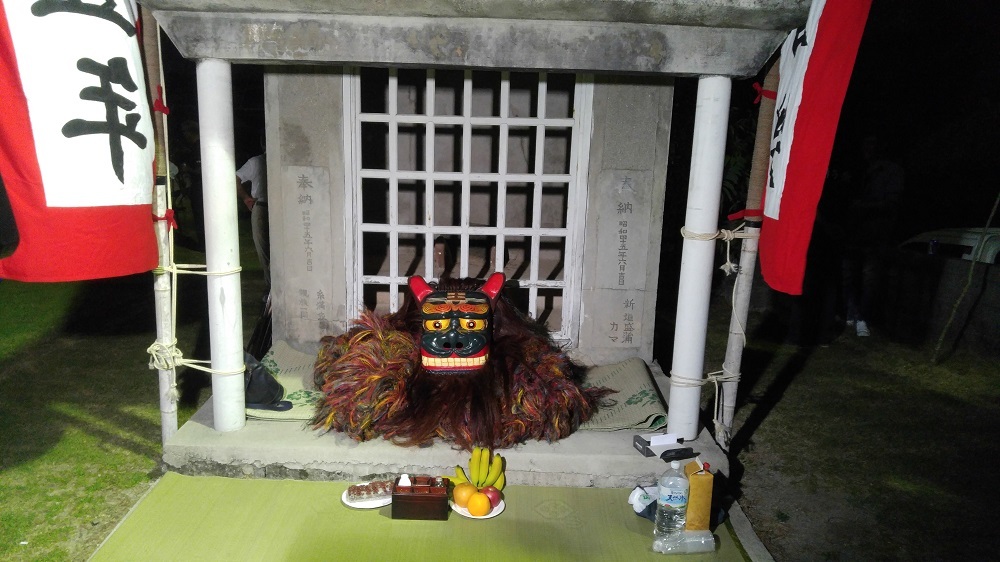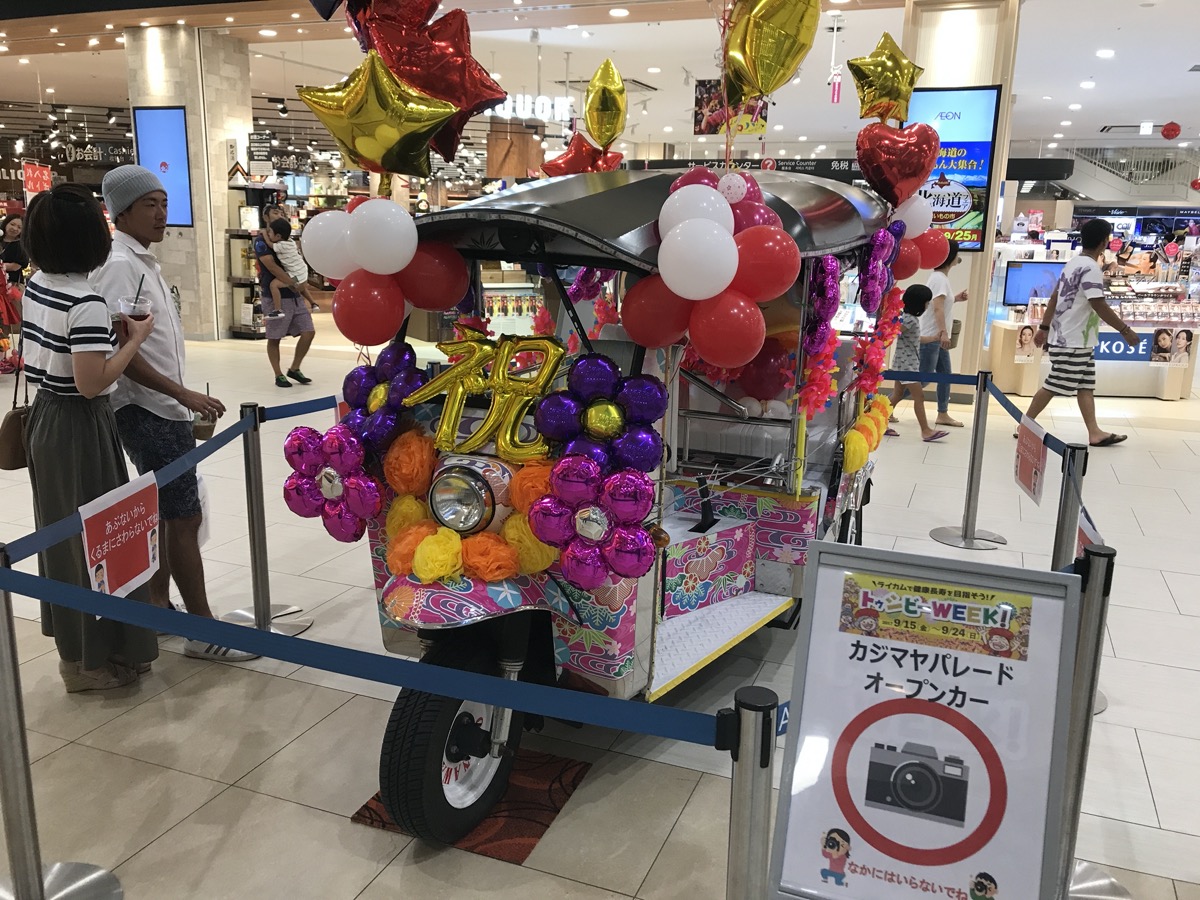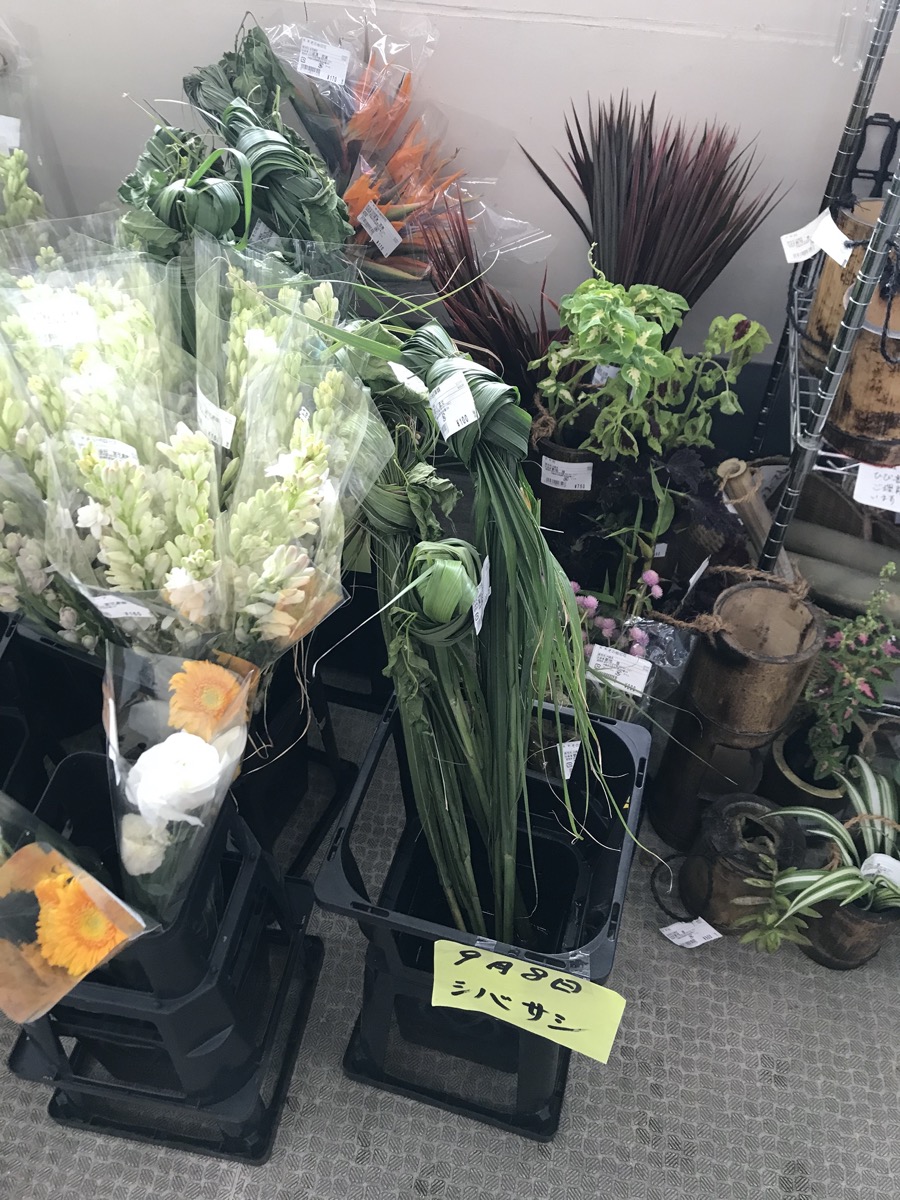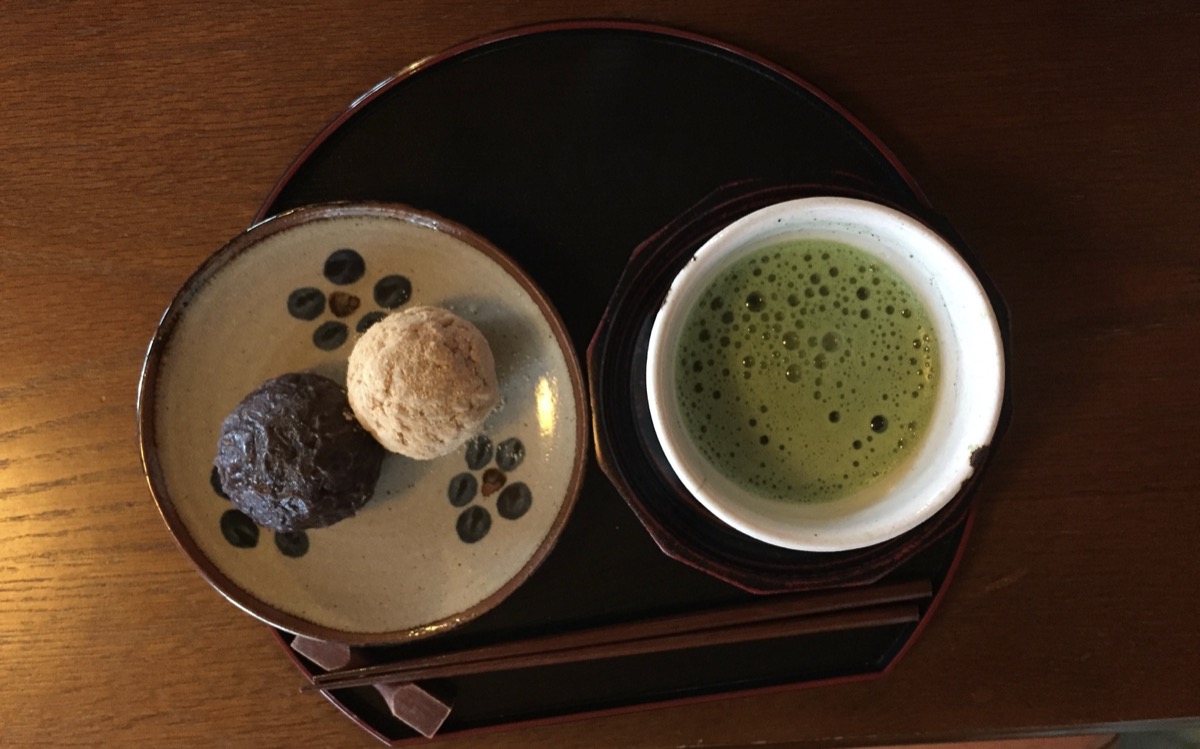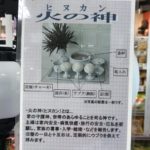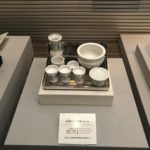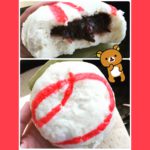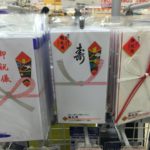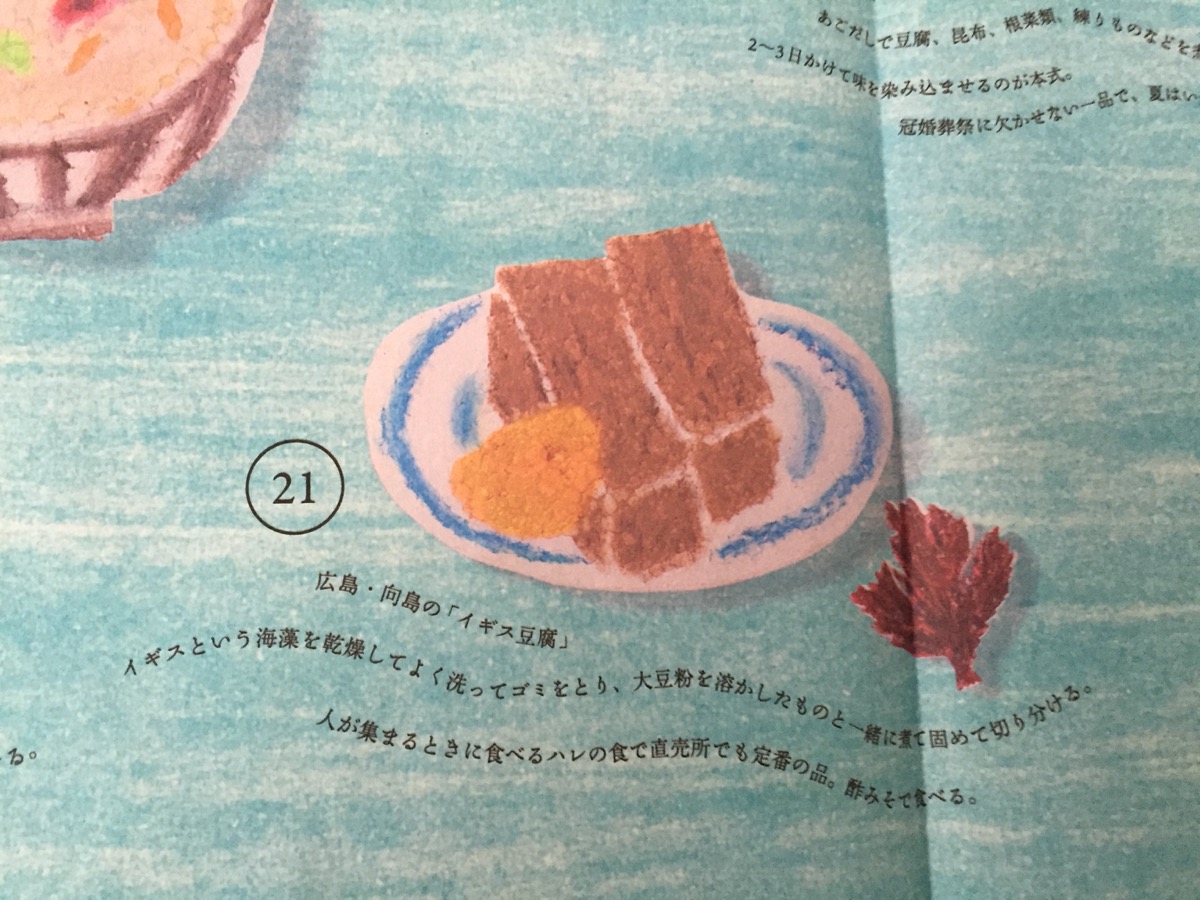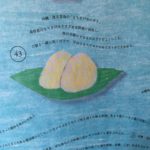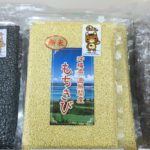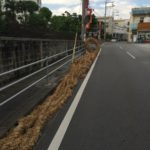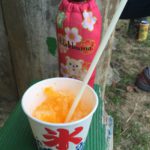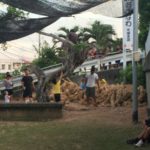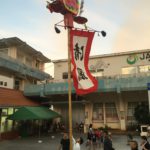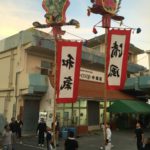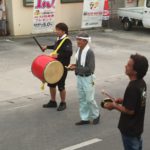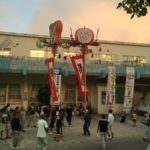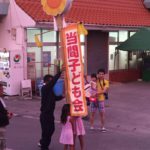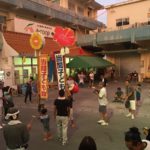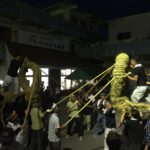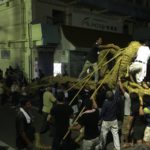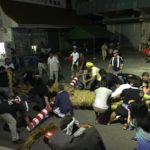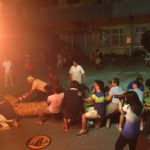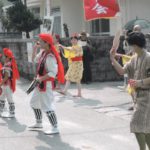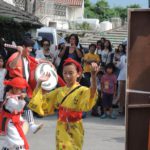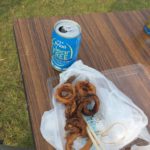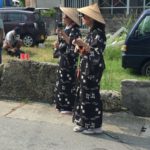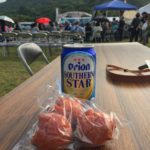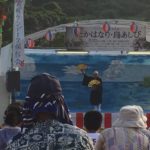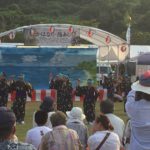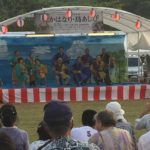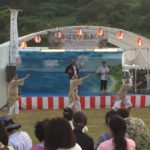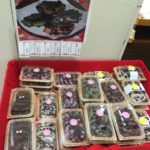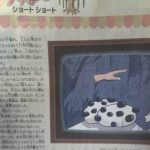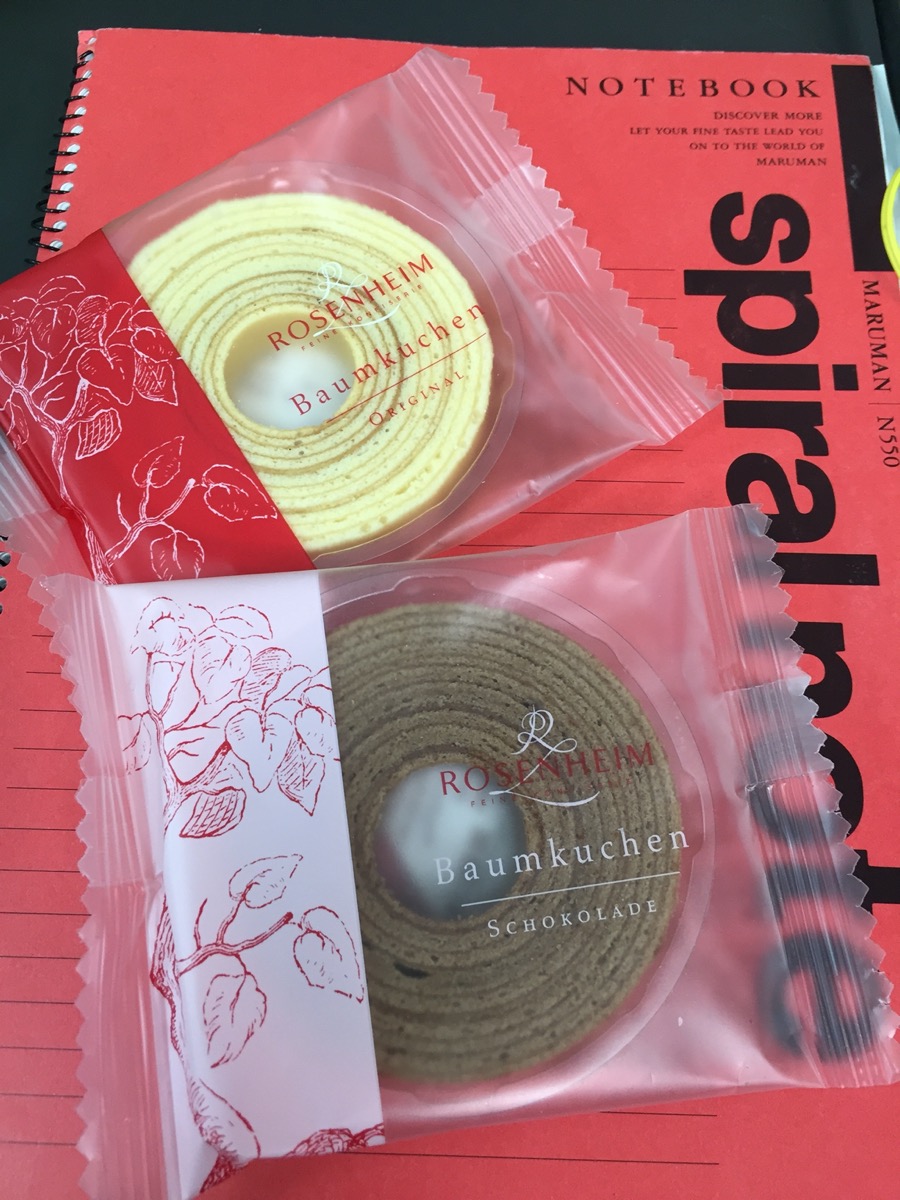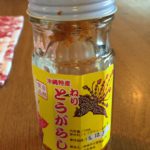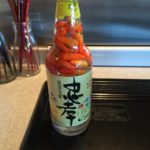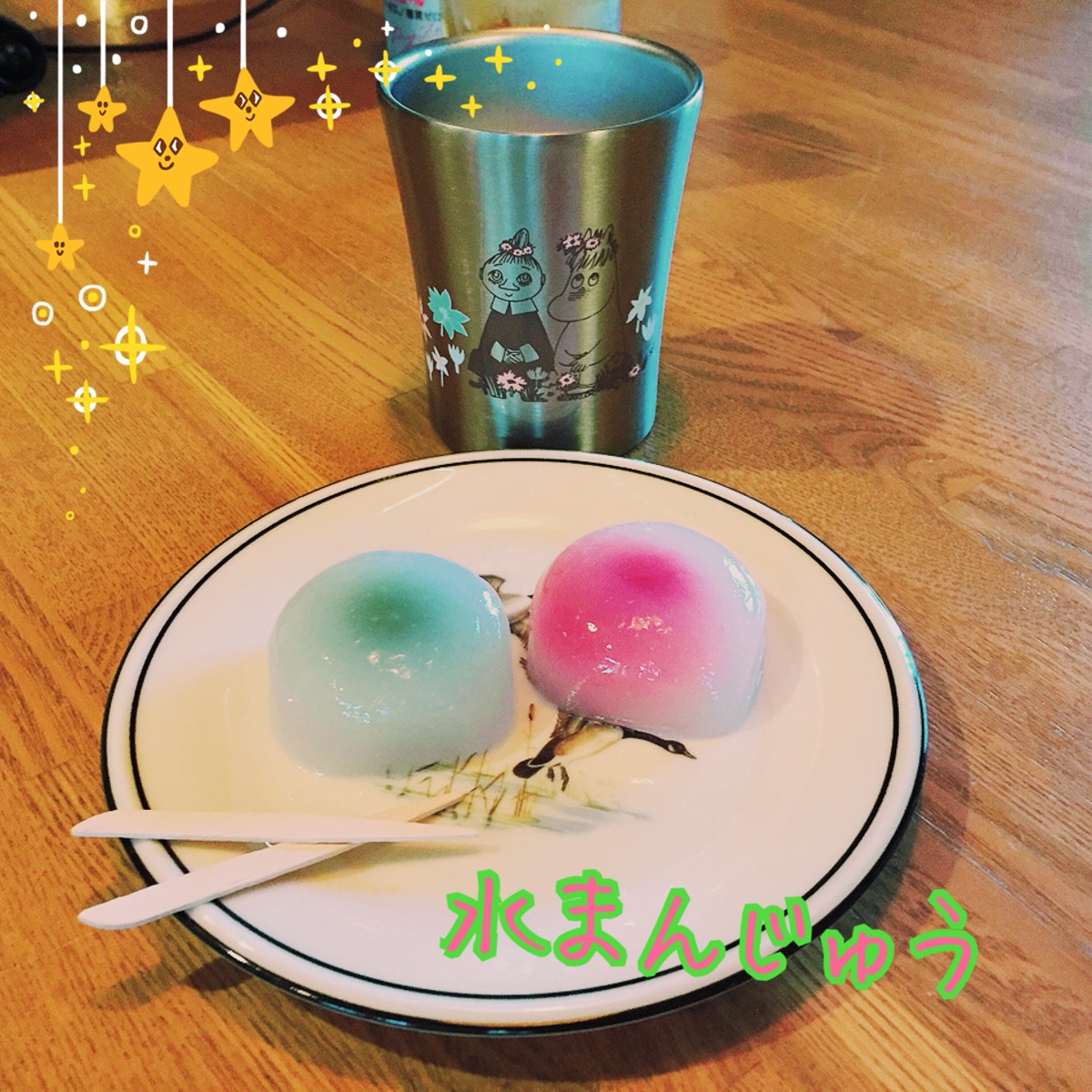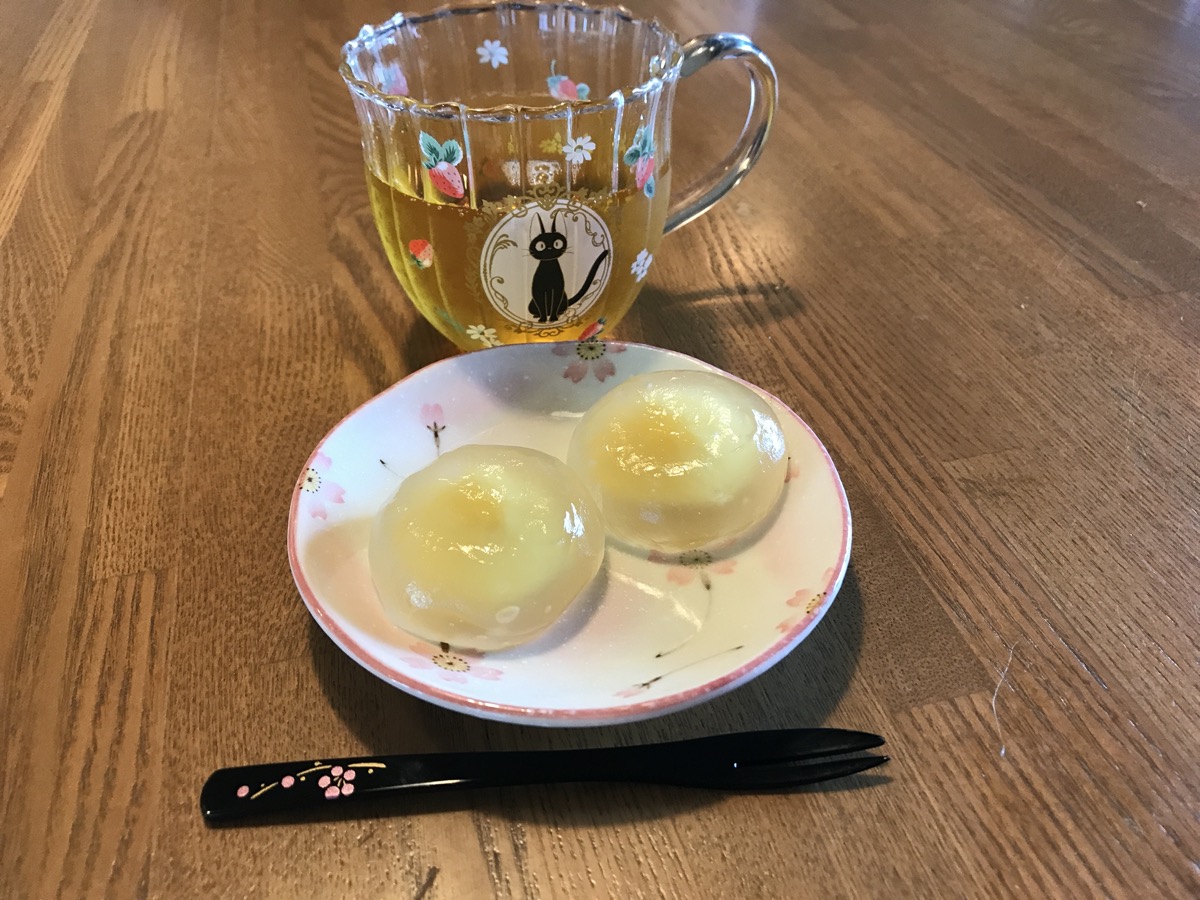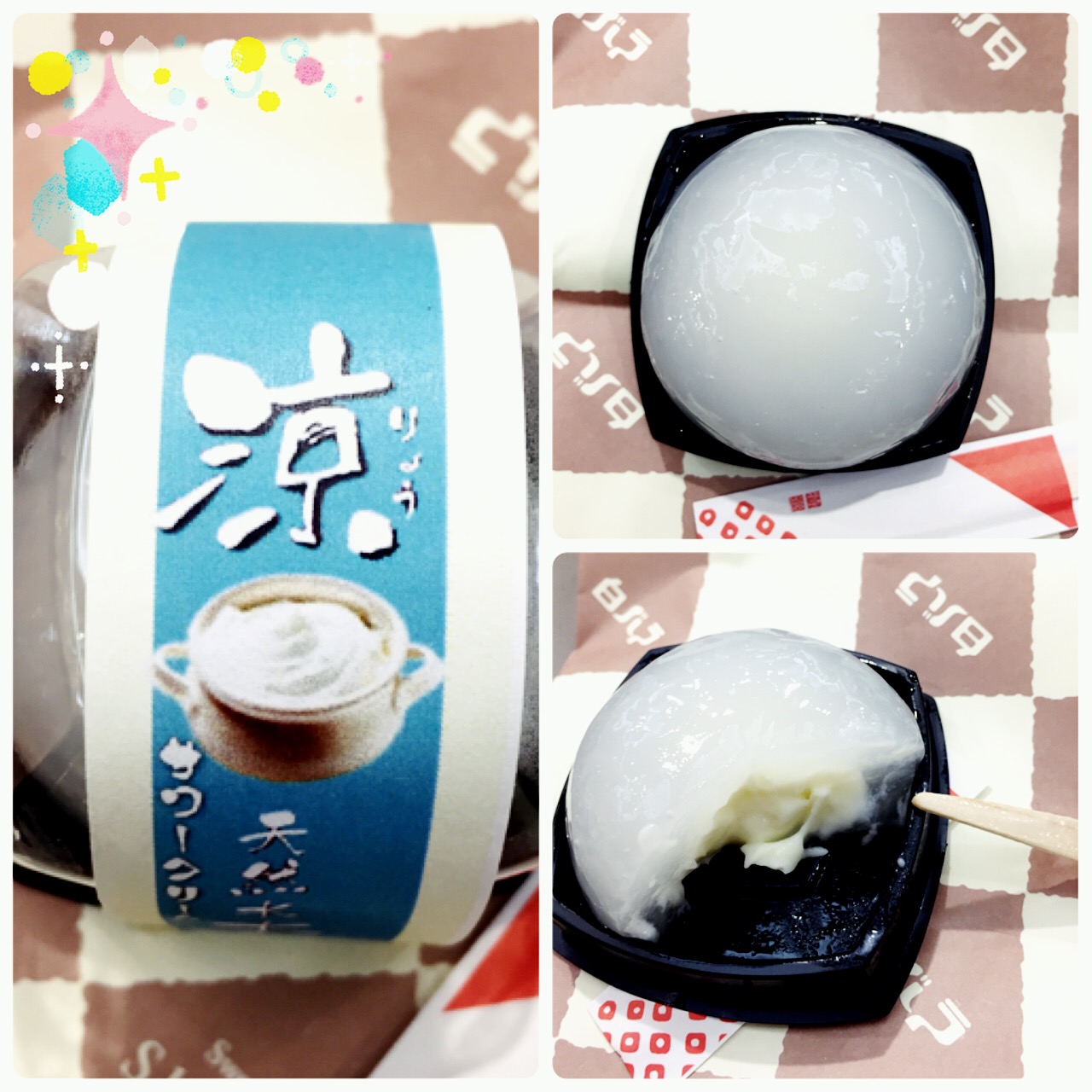The last full day in Hokkaido, we decided (a little impulsively) to go ahead and drive down towards Lake Toyo and Date areas. We did not have much of a plan, other than to make some stops along the way and enjoy the fall colors.
We started the morning with an early stroll round town, just admiring the atmosphere in general before heading to the hotel breakfast. After breakfast we soaked in the hotel onsen before we jumped into the car and started on our way.
Our first stop was Hoheikyo Dam. Good thing we did this early, just as it opened (9am)… it was a Sunday. When we arrived there was enough parking, but as we left… there was a long line of cars waiting to park! This dam is on Jozankei Lake (funny, Jozankei dam is on another lake…). Anyway, we parked and started towards the dam. There are 2 options: a rather quick but crowded round trip bus ticket, or a 40 minute walk up a slight slope. We had a busy day ahead of us so we chose the bus. There were 4 buses continually making round trips, so there was not really a wait. At the dam/lake you can walk around and enjoy the leaves and the fresh air. Many people come to take photography, picnic, etc. It was really nice! But.. somewhat of a crowd! One thing I will mention: if you do not rent a car to drive to this dam, you can take a city bus– BUT it will have to wait in the SAME traffic as those waiting (to get in) to park at the dam parking lot… so you do not save any time!! Although the crowds are probably only during the Autumn season (so weekends in October)… probably other times of the year (or weekdays) are much quieter.
After the dam, we got back into the car and continued our road trip. Along the road we stopped at many local produce stands and a pasture with ice cream (yes, I ate MORE ice cream!) and cheese. There was also a road side michi-no-eki 道の駅 (service station), which was in Kimobetsu 喜茂別. Road side stations are popular stops in Hokkaido and each is supposed to be known for a certain food. I noticed a line for something called age-imo 揚げいも, which means fried potato. My husband was reluctant to stand in line but I insisted I would and he could use the restroom and get drinks; the line though long was quick, less than 10 minutes. Not sure what to order I just chose the number one regular age-imo and hand-cut chips. They had some other stuff, but everyone was getting age-imo. Oishii~~ ! My husband was surprised to find me food in hand already, so I added some (free) sauces to my giant stick of 3 age-imo balls (it looked like an oversized dango!) and sat outside on the bench to devour. The age-imo is a cooked (reasonable sized) potato covered in batter (sort of like a corn-dog) and fried. It sounds weird, but it was really good, especially with the garlic sauce. The hand-cut chips were also crispy and hot. I highly recommend making a stop here if you are anywhere near the area!
Anyway, we continued our trip down the road, making many small stops along the way. We reached our “destination” of Date and stopped at the park next to the Bocca restaurant. While somehow associated with Bikkuri Donki, do not be fooled… this place makes its own fresh mozzarella and puddings. For lunch, my husband and I split caprese salad, margerita pizza, and potato-cheese soup. It was all very good. We also got pumpkin-caramel puddings to go… amazing.
At this point it was time to start heading back to Jozankei, and make any stops we missed along the way; one of these was the mushroom kingdom store. There were so many types of mushrooms and mushroom products. Plus you could get miso-mushroom soup (loaded with many types of mushrooms) for only 100yen.
As we headed back, traffic up to the Hoheikyo dam was really backed up. So, why not stop and relax in the Hoheikyo onsen? We were (barely) able to get parked, since this was a popular idea.
The building is a little run-down, and it was very crowded with people taking a rest from the stopped traffic. The facilities were similarly pretty “tired” looking, and the amenities scarce; I have been in rustic onsen that you could claim are traditional or retro, which makes them charming, but I don’t feel it applies to this onsen… “tired” is the best description. The changing room was elbow to elbow, make sure to have enough 100yen coins for shoe lockers, etc. Entering the bathing area was similarly crowded, and there was a bit of a wait for people to rinse off to get into the bath, as there were only about a dozen wash stations. After a good soap, rinse, etc., it was onsen time. There were 2 onsen; one inside and one outside. Almost no one was inside, everyone was outside. And, really it makes sense. The air was comfortable, the water warm, the scenery quite beautiful. Despite its tired and somewhat drab building, it was fairly refreshing. The outside onsen was a decent size, so it was not too crowded, plenty of space for everyone. While I would not necessarily recommend this onsen to everyone, it was not too bad… just be prepared for crowded weekends during autumn foliage season. Otherwise the place is probably pretty quiet during the off season.
After a good soak, I changed back into my clothes and drank a beer while hanging out with my husband for a bit, hoping for the traffic to die down a bit. There was an Indian restaurant in the onsen, but opted out of it after eating all day, plus there was a long wait to get in. When we left, it was still fairly bumper to bumper with people returning home after a long day of leaf-viewing, but we managed to make it back to the hotel. *Special note: this onsen allowed tattoo. It also allowed drinking beer while in the outdoor bath, but the older Japanese ladies gave stinkeye to the younger (and mostly foreign) ladies doing this. On the men’s side my husband said many of the ojiisan had a beer.
Back at the hotel, we took a night walk to enjoy the illuminated pathway by the river and the bridges, before going back to the room and relaxing with some beers. The next morning was an early day to head back to the airport. Since we were returning the rental car to the airport, the drive was quite lovely and we ended up taking the “back roads” and stopping at a waterfall area, perfect to see some ore autumn leaves!
The Sapporo airport was much larger than we anticipated; there is HelloKitty area, Doraemon area, Royce Chocolate factory, a spa, a cinema… we did not have much time unfortunately, but I was able to make some omiyage purchases and grab some goodies for the plane ride home!
Full album on imgur:
